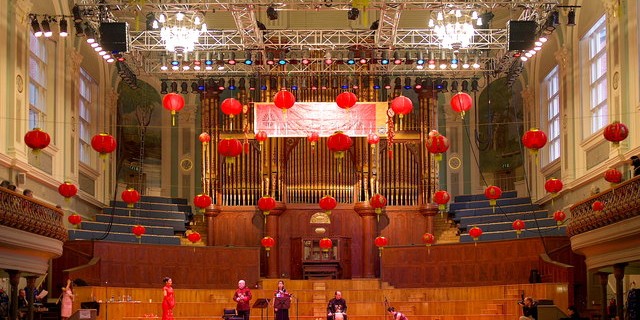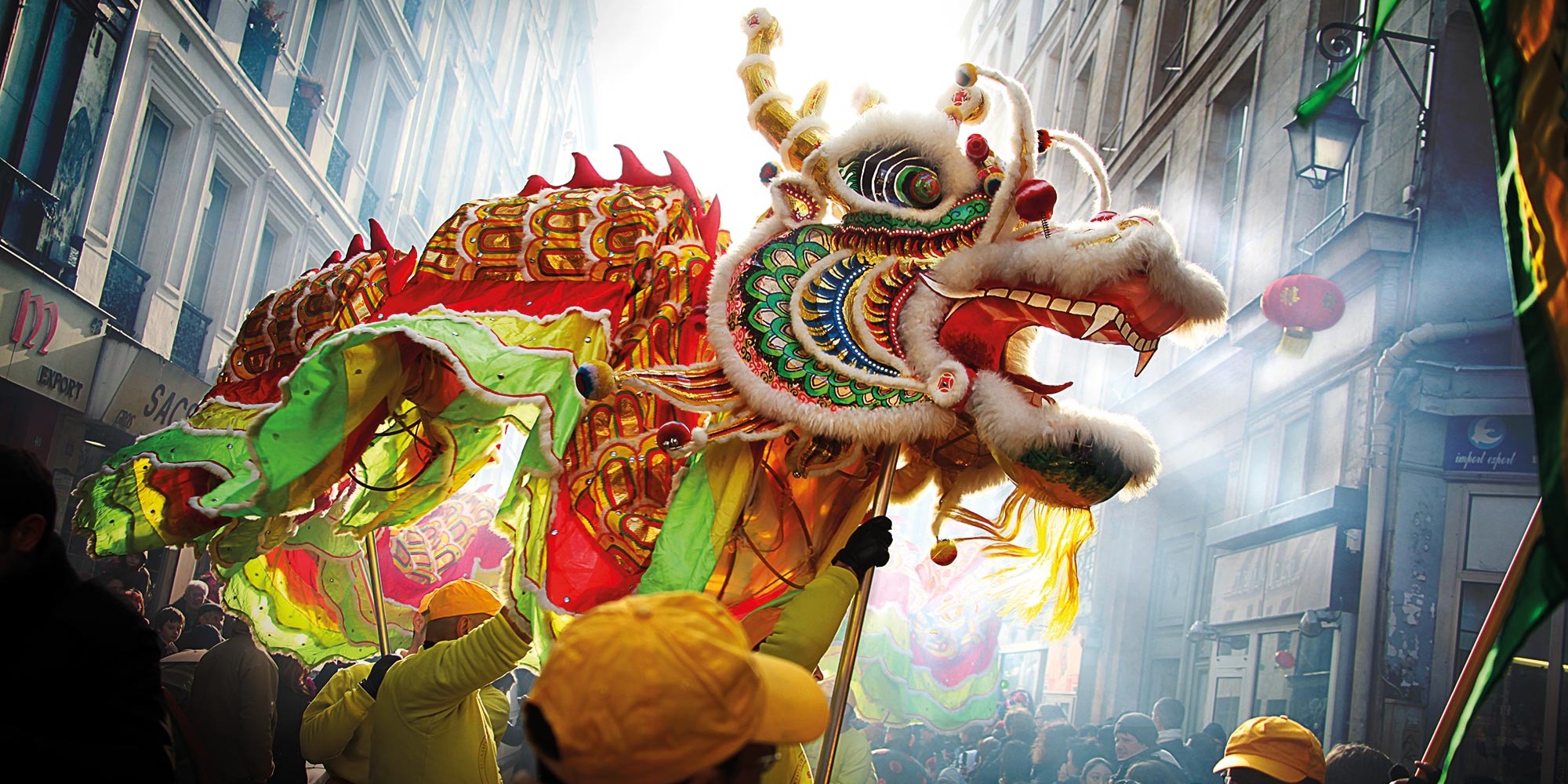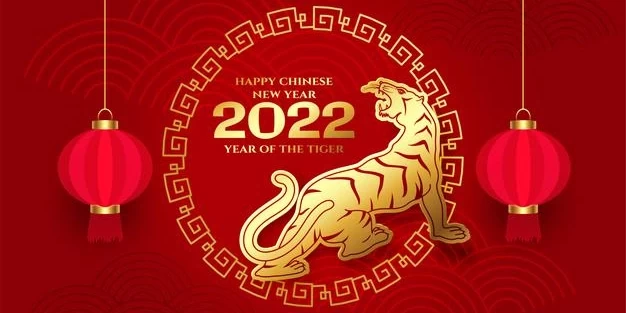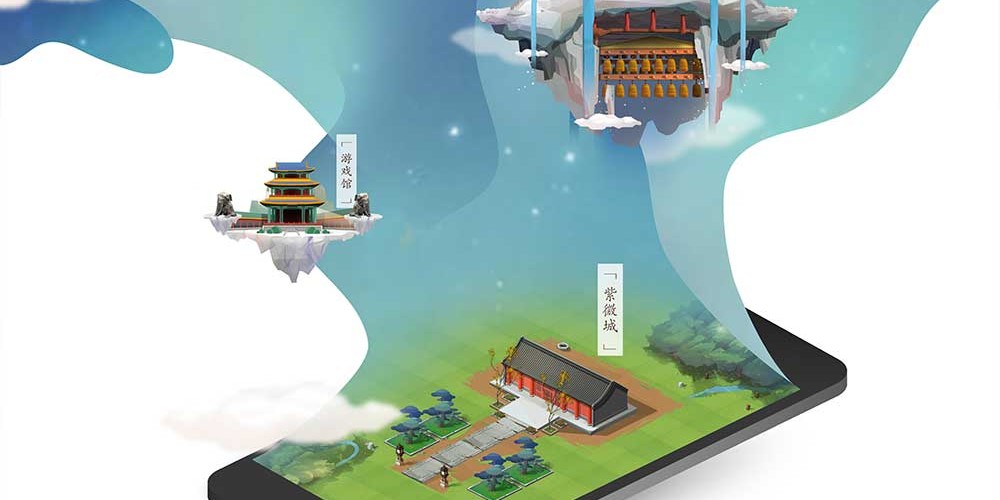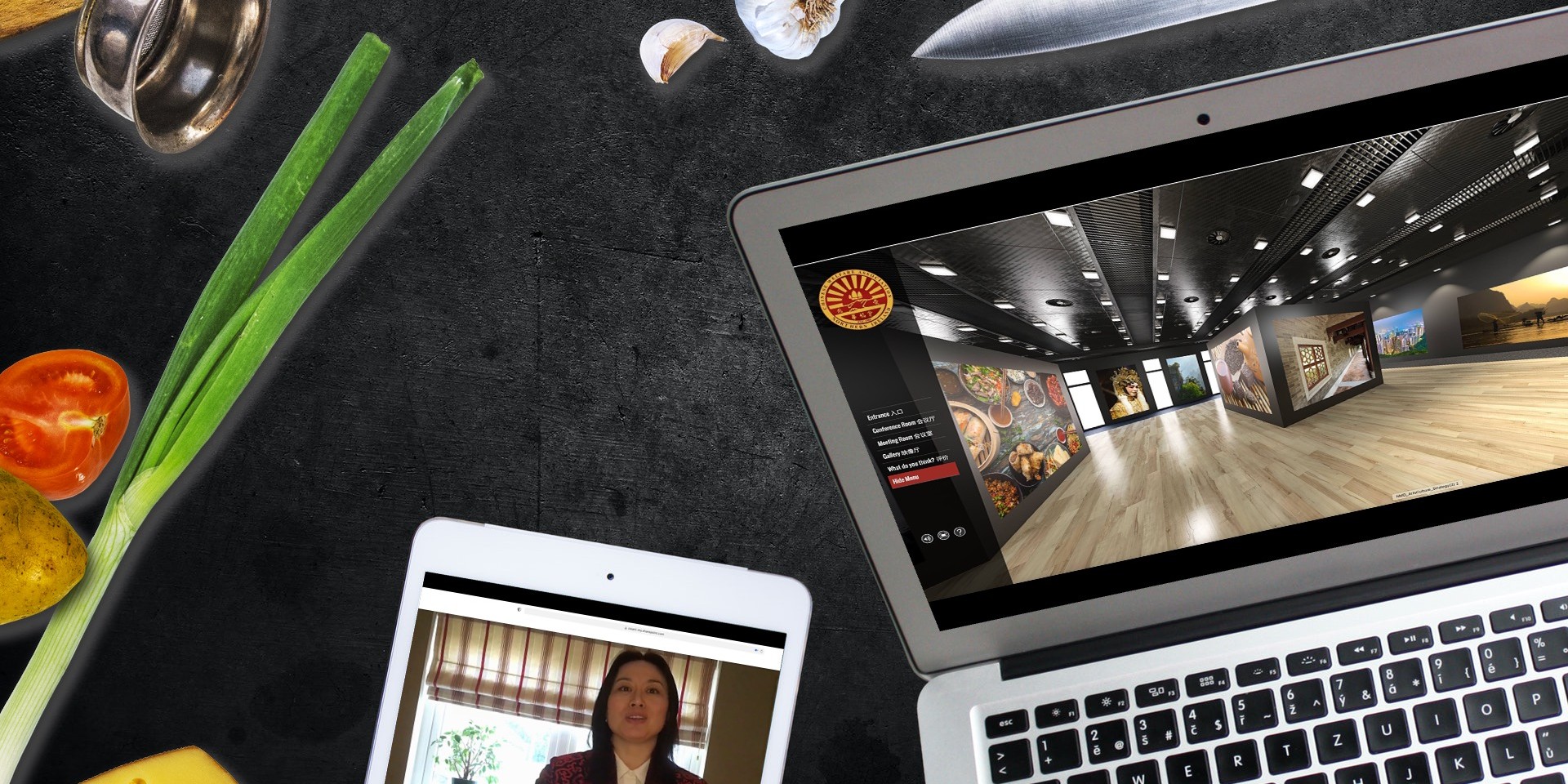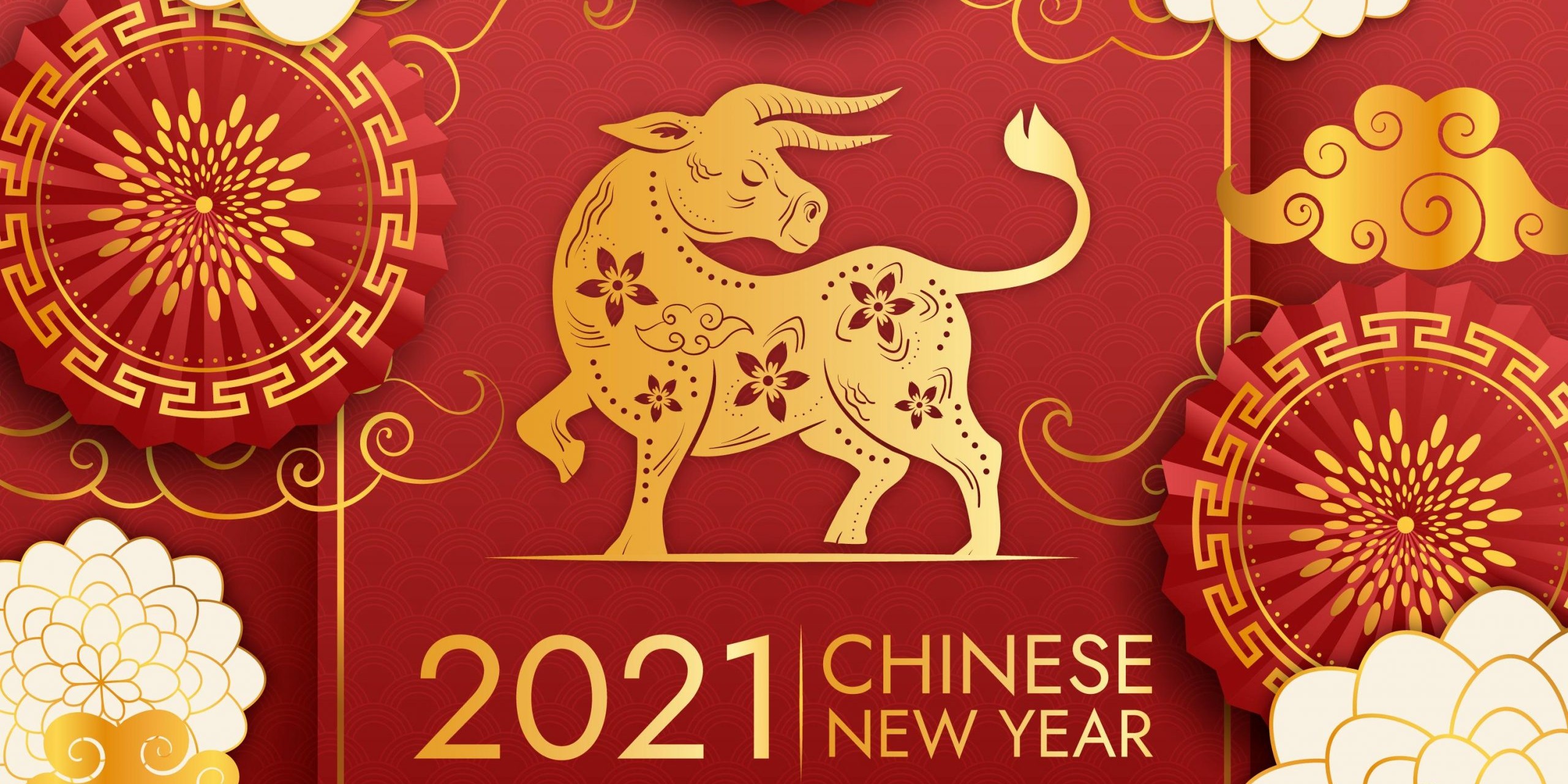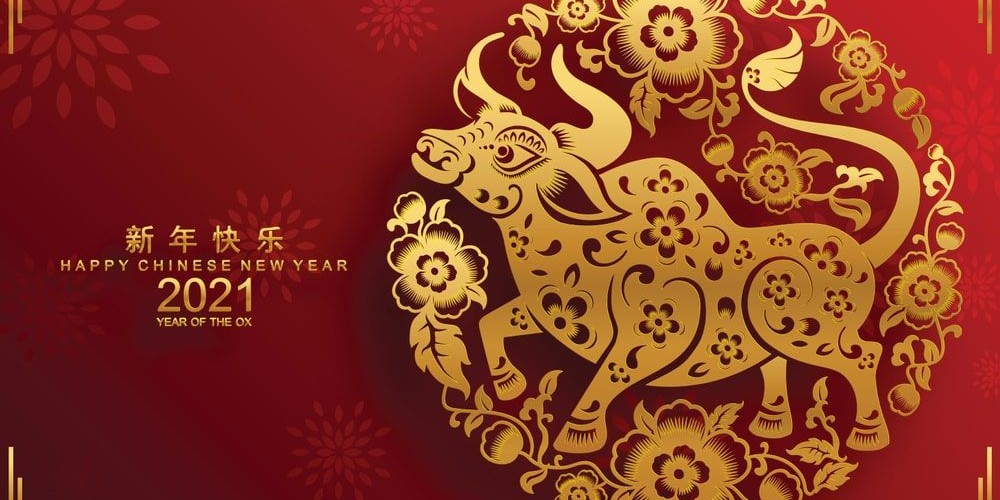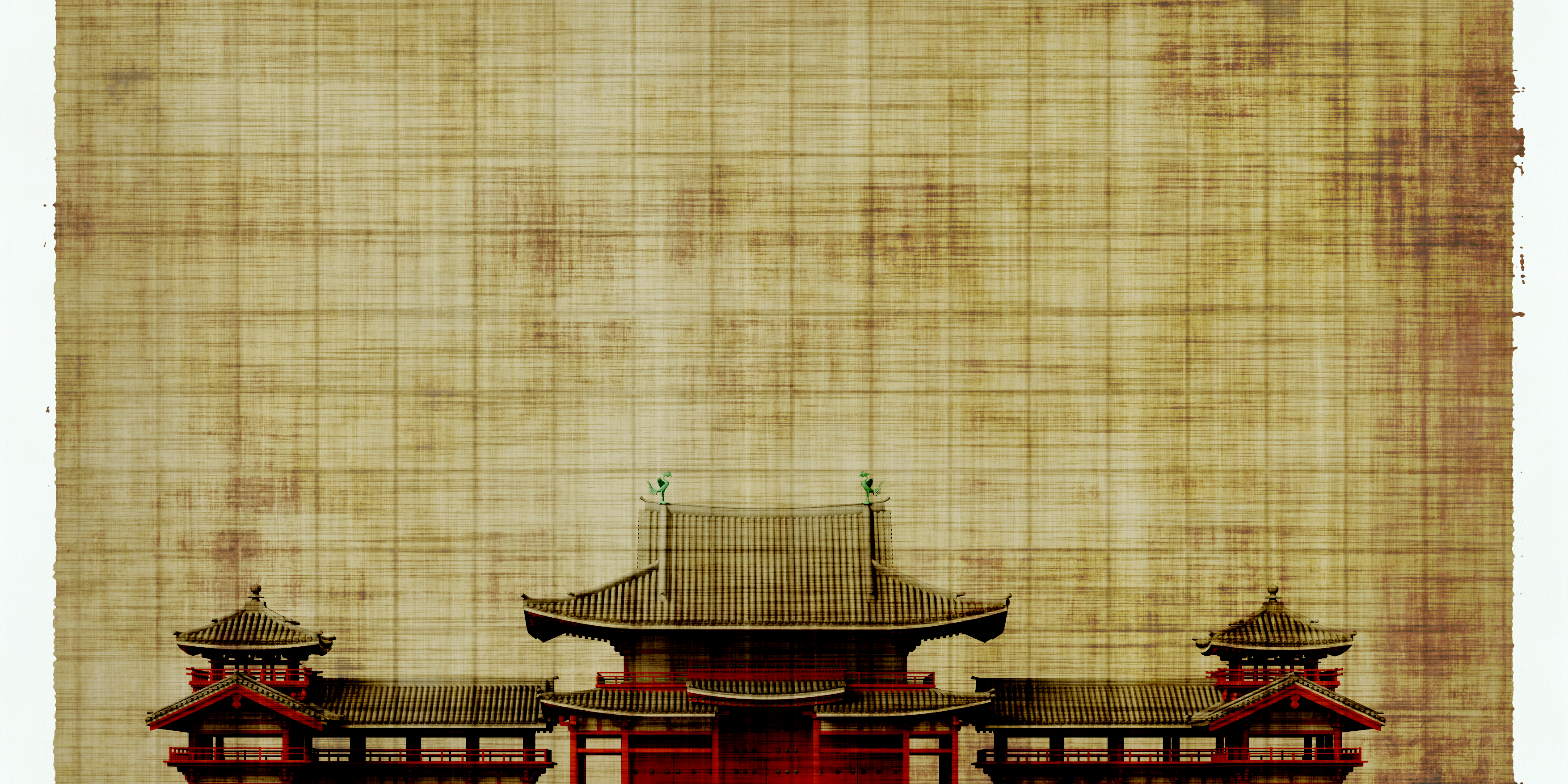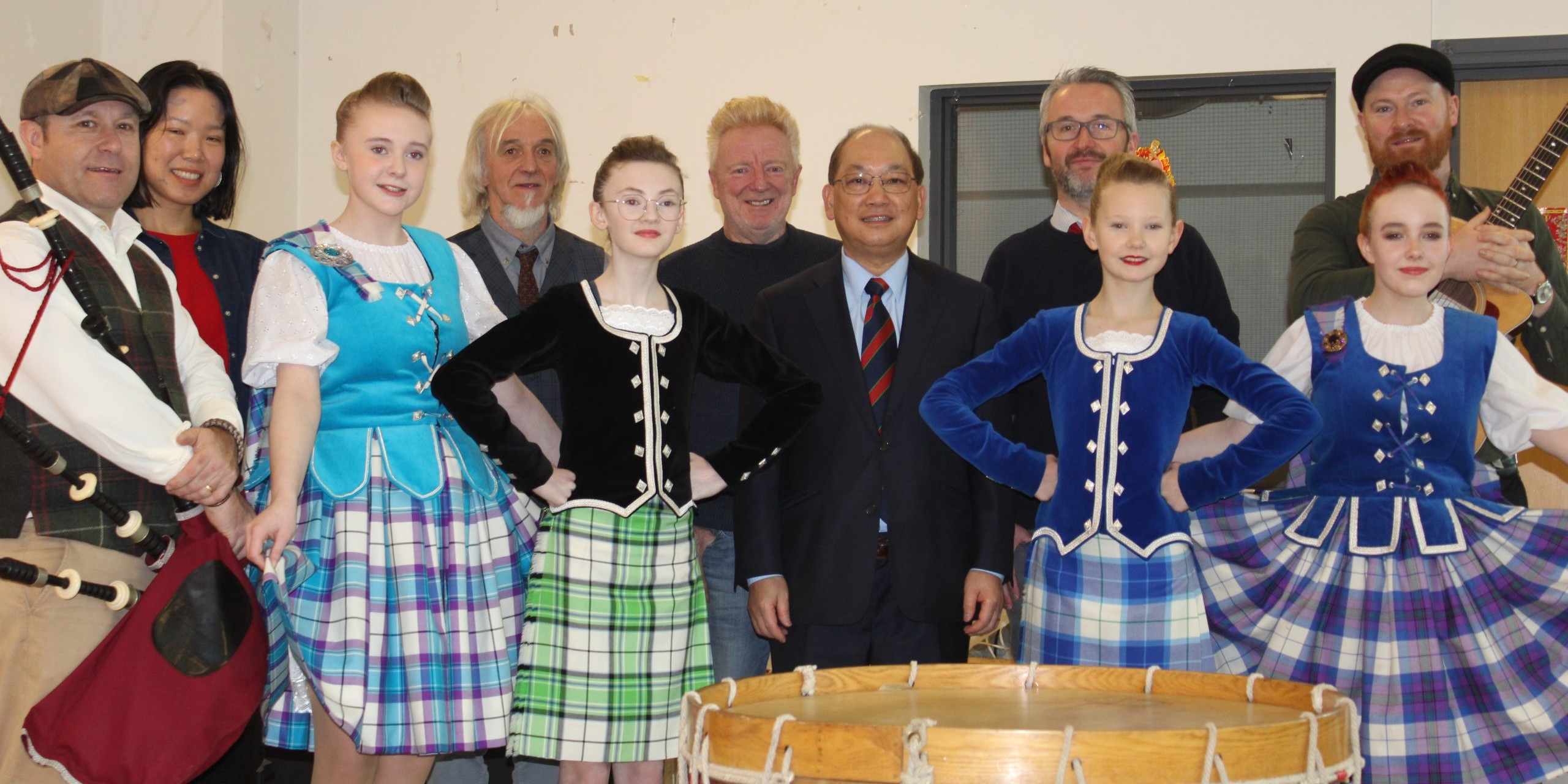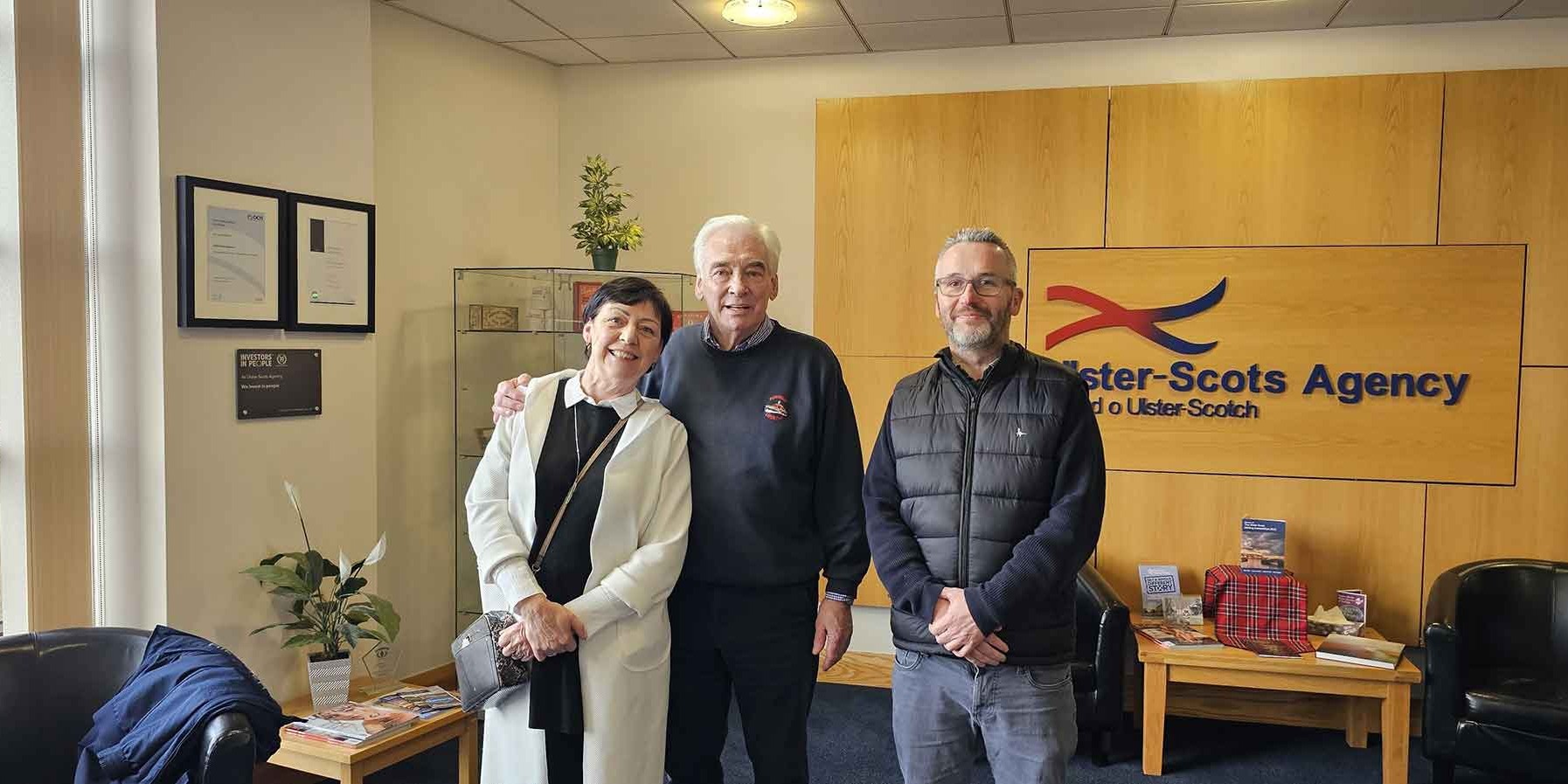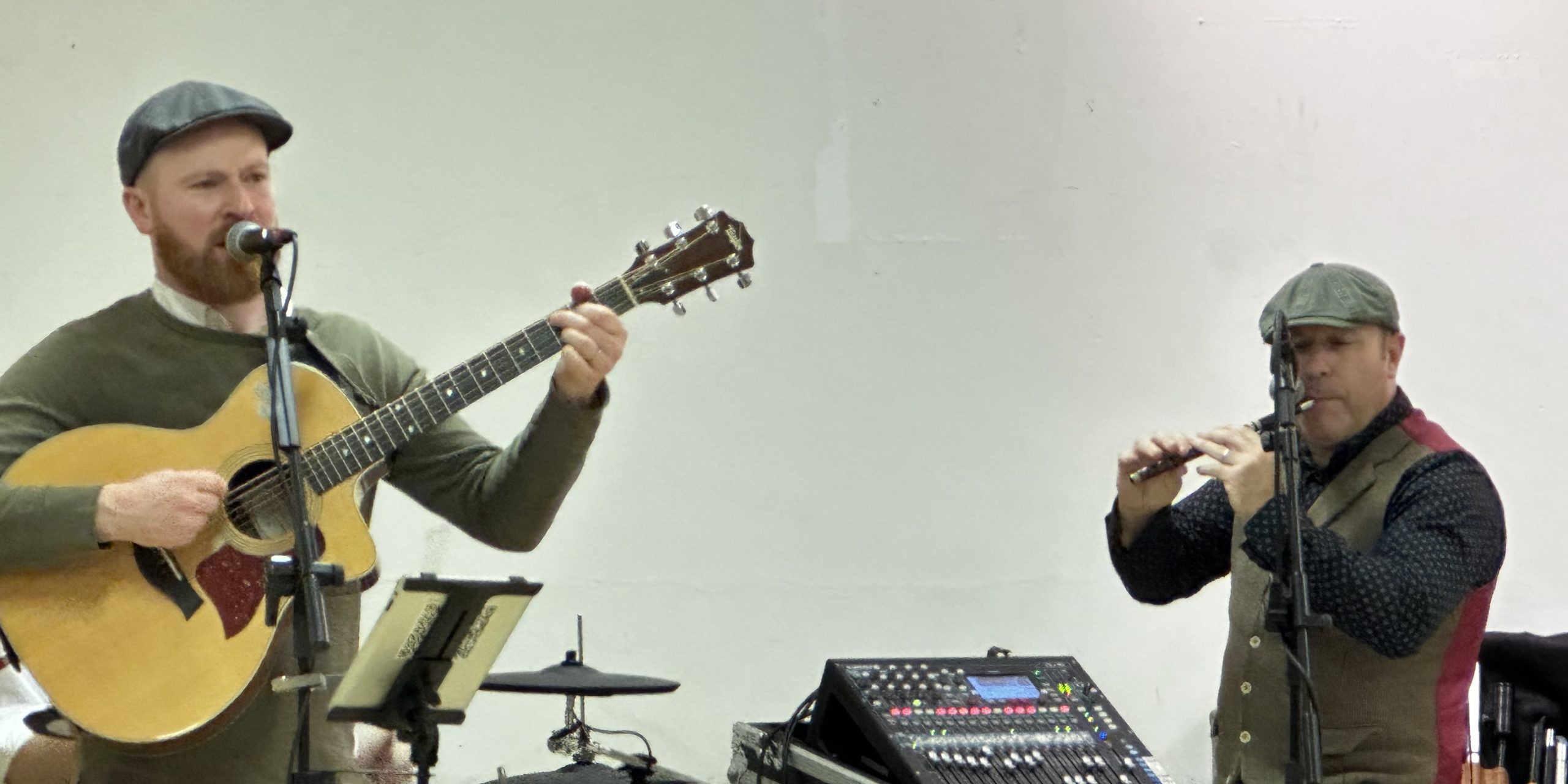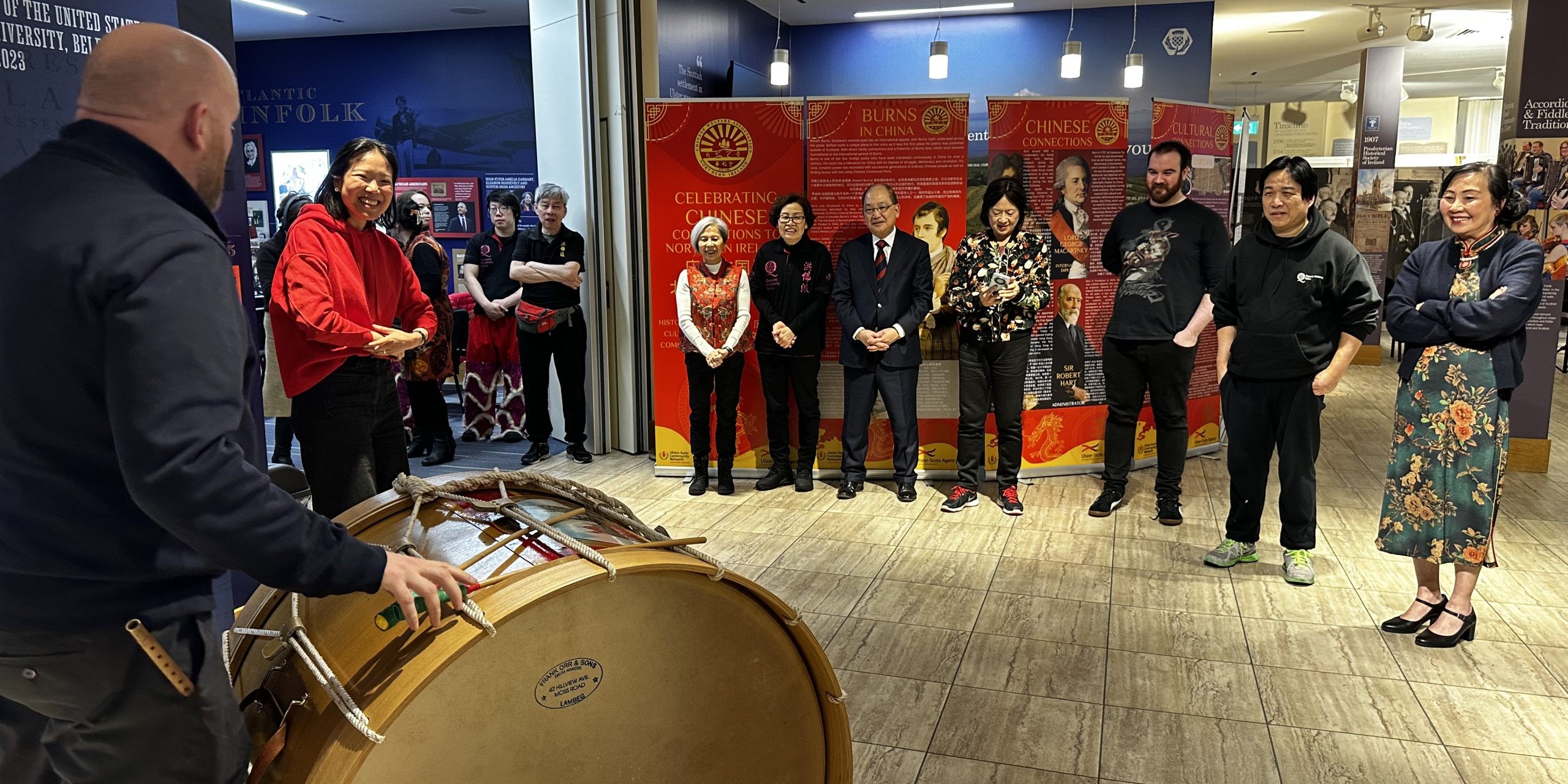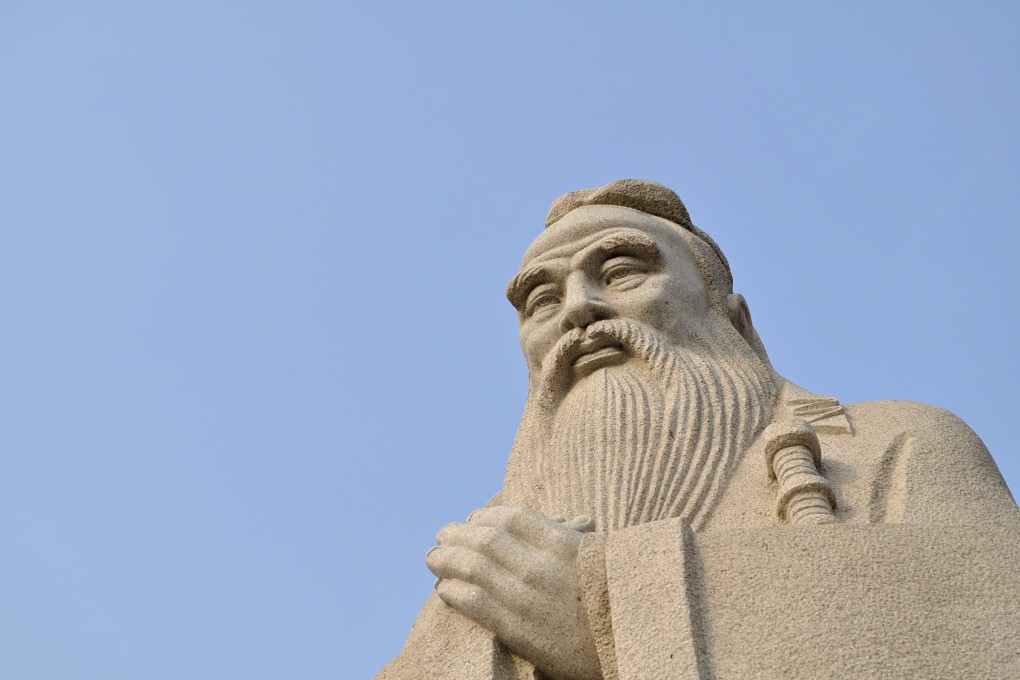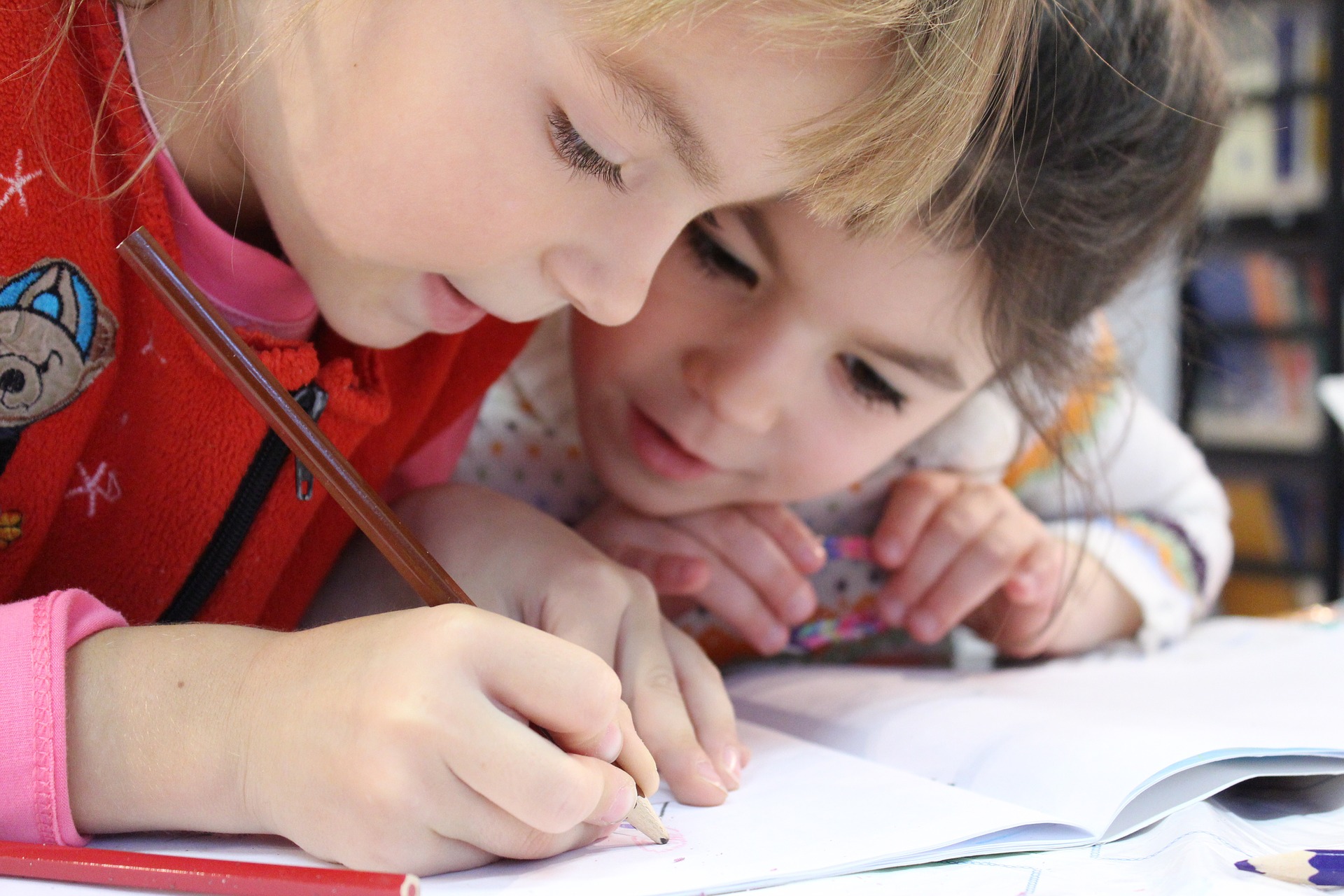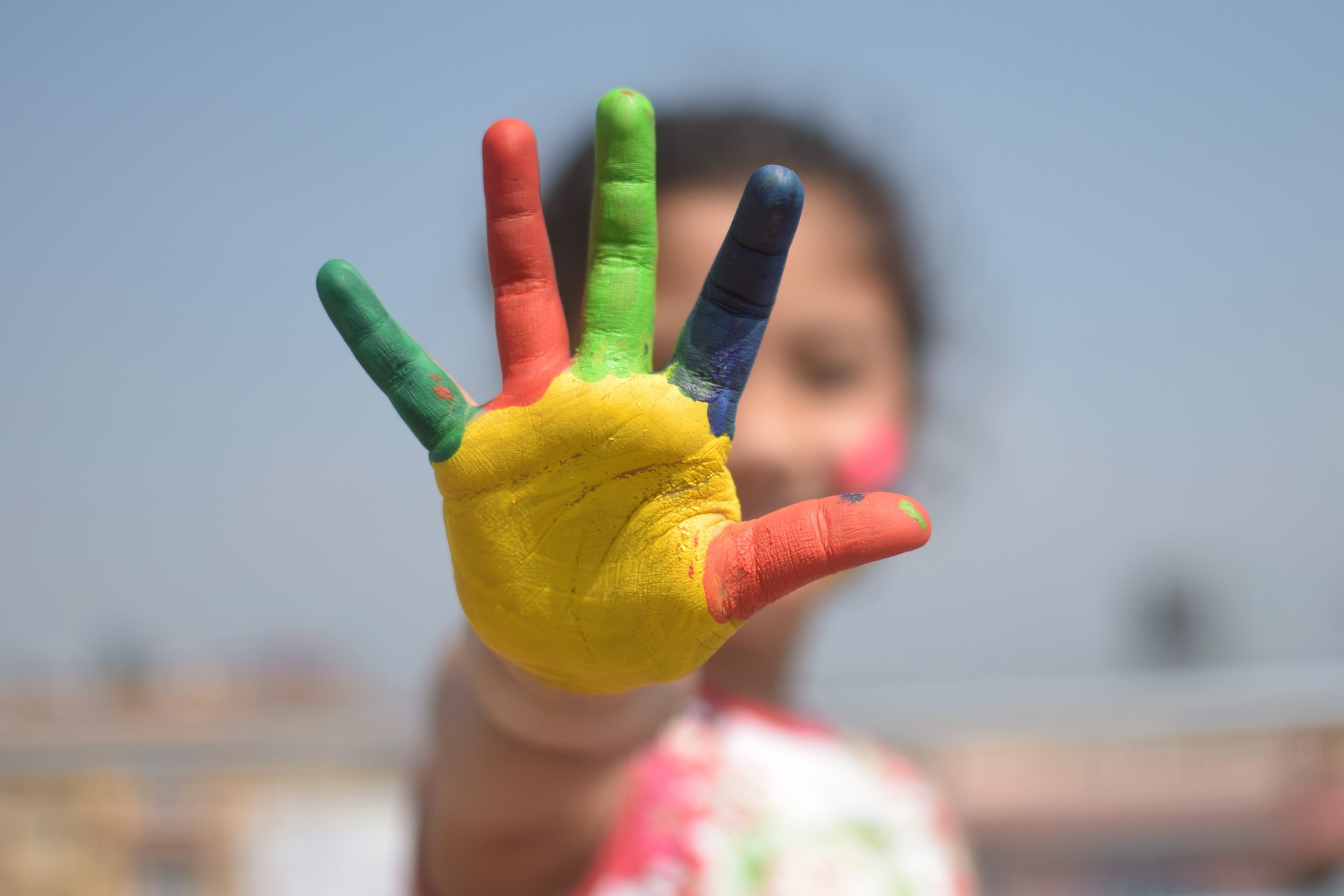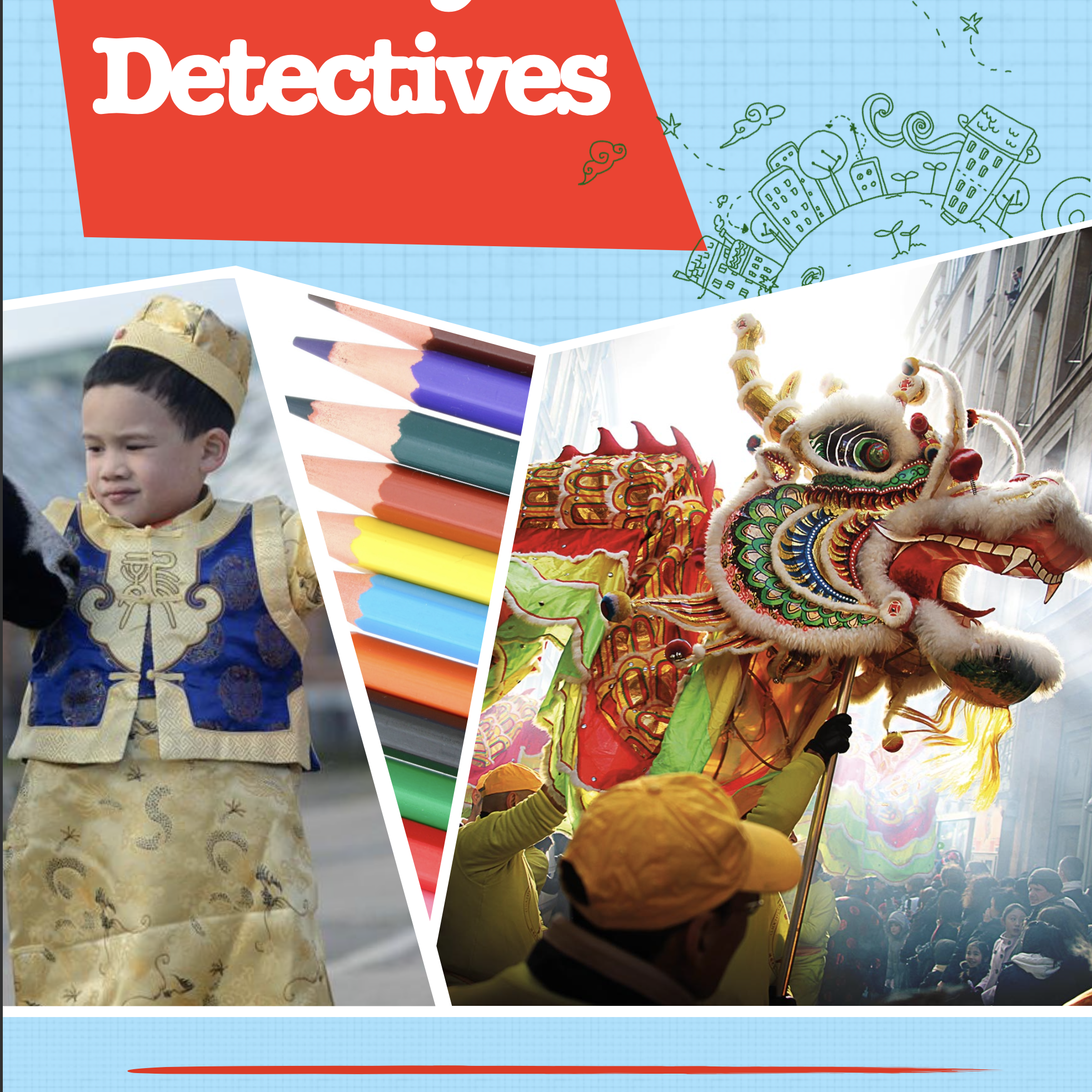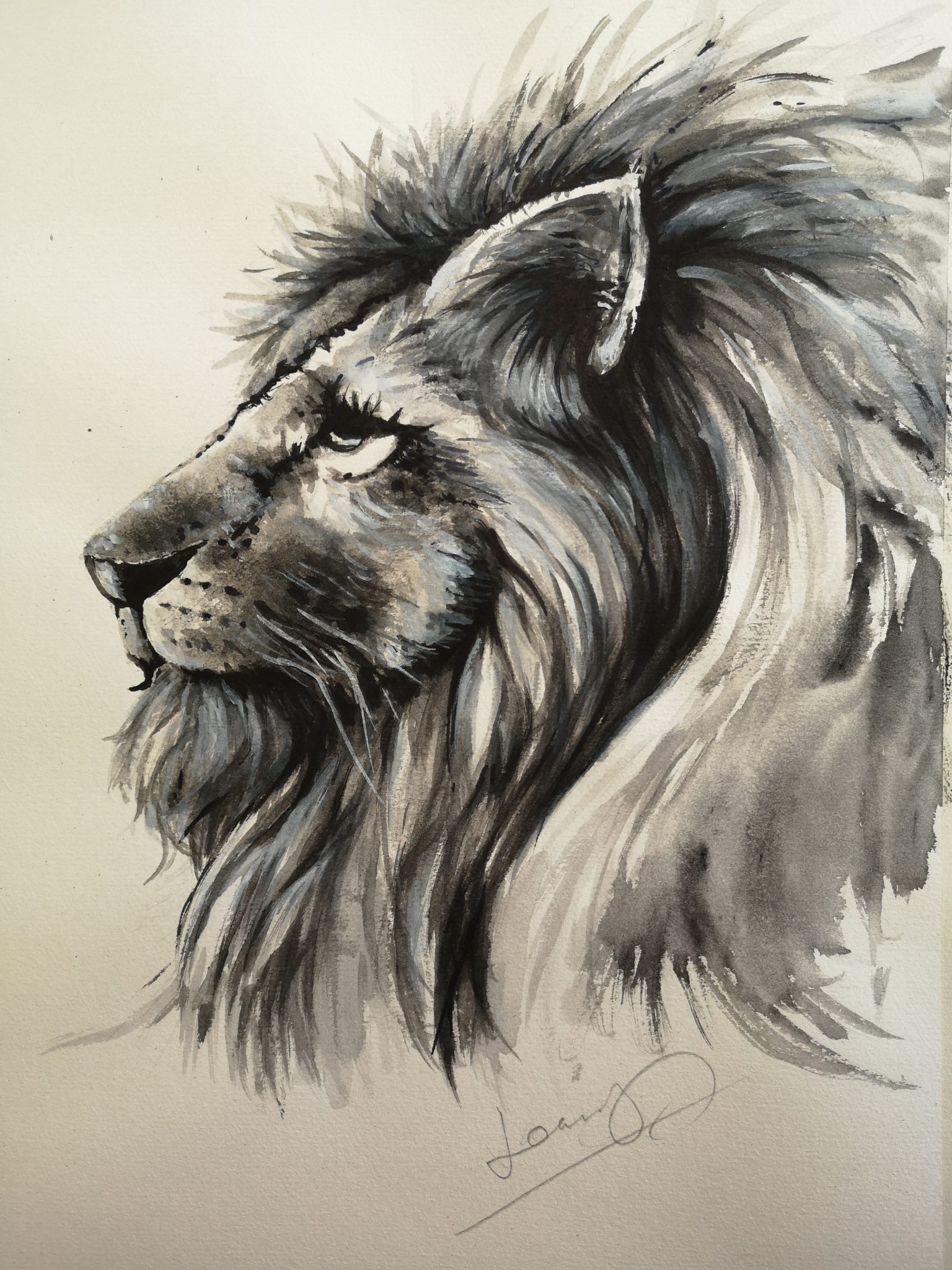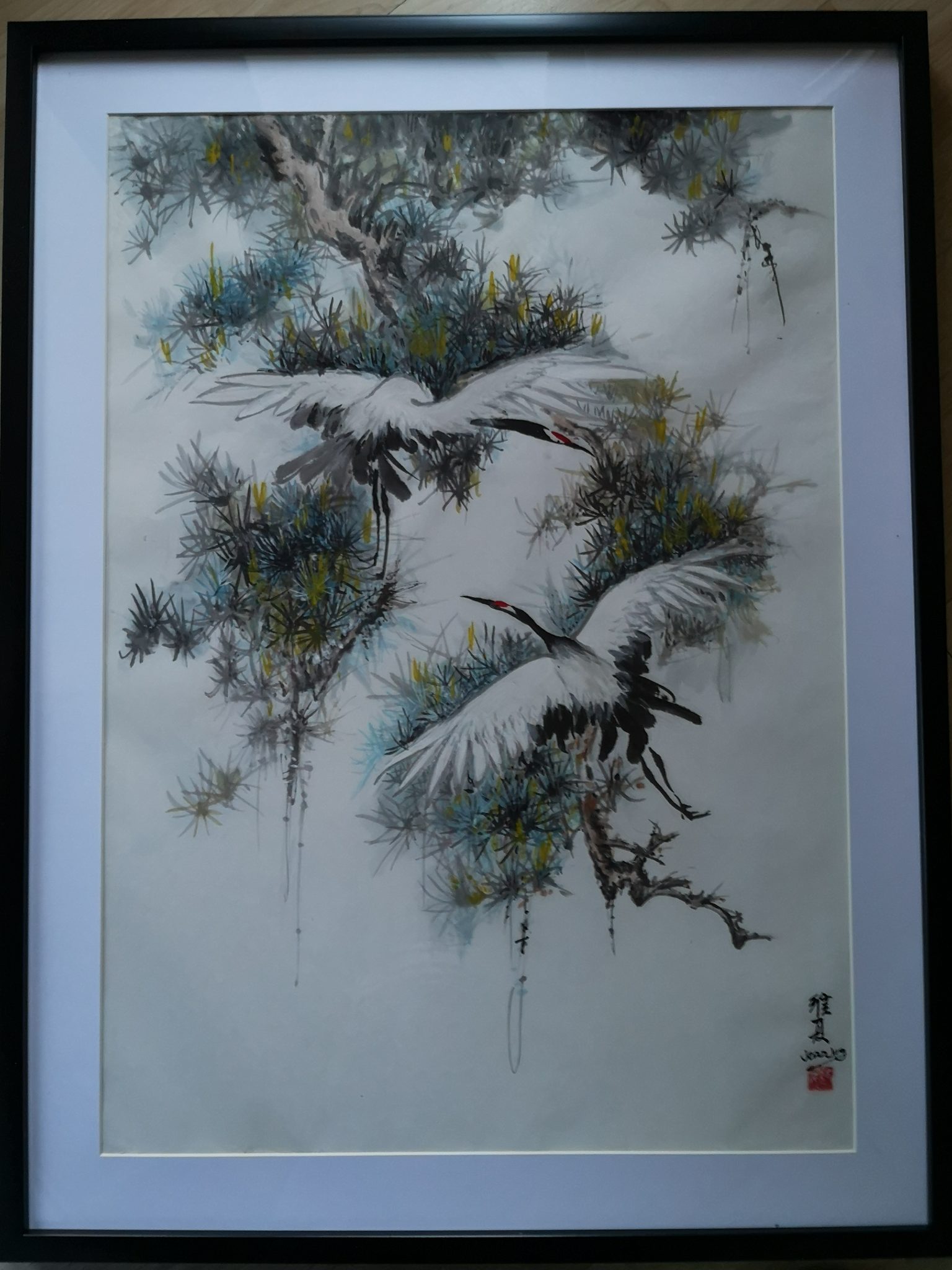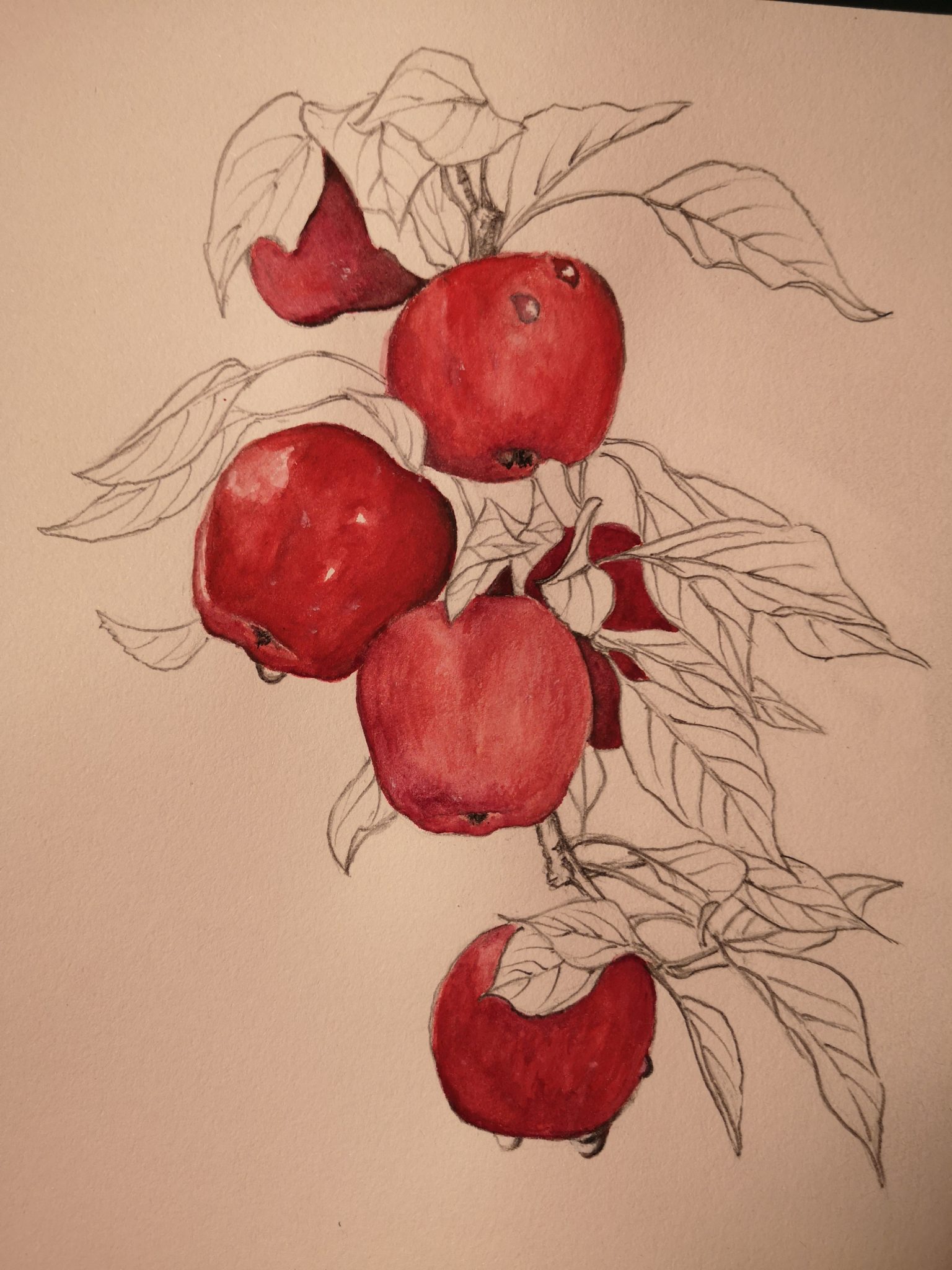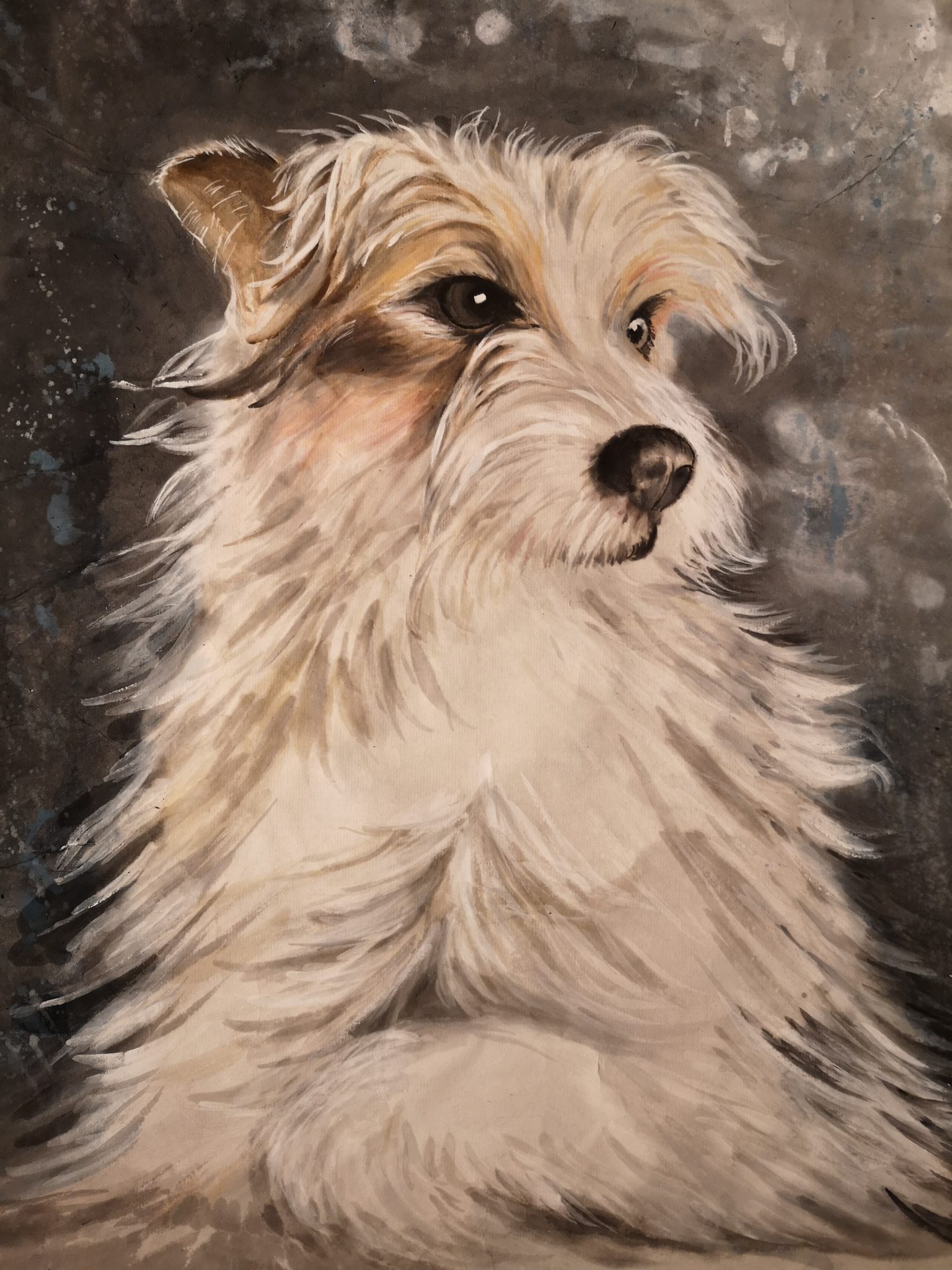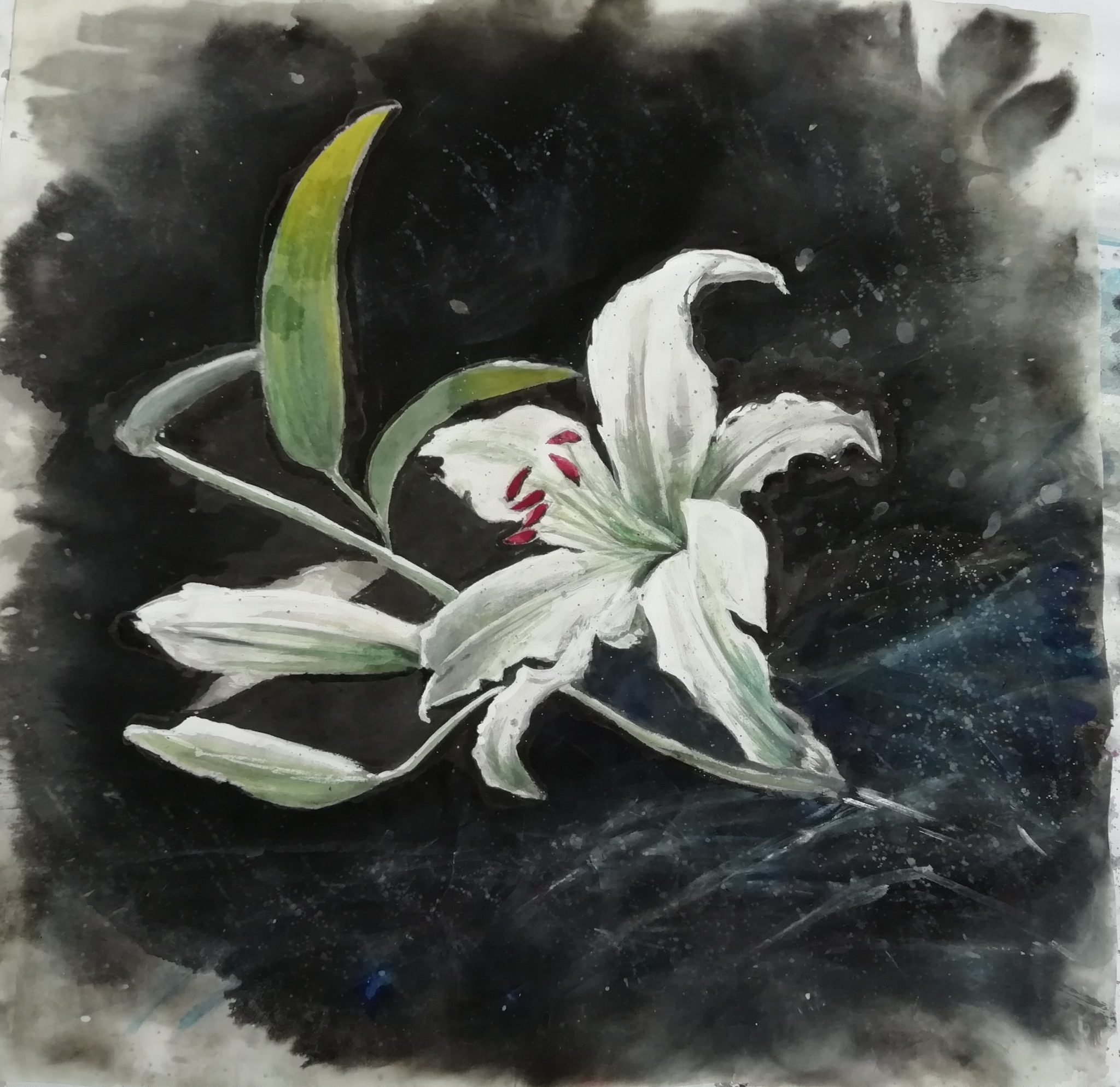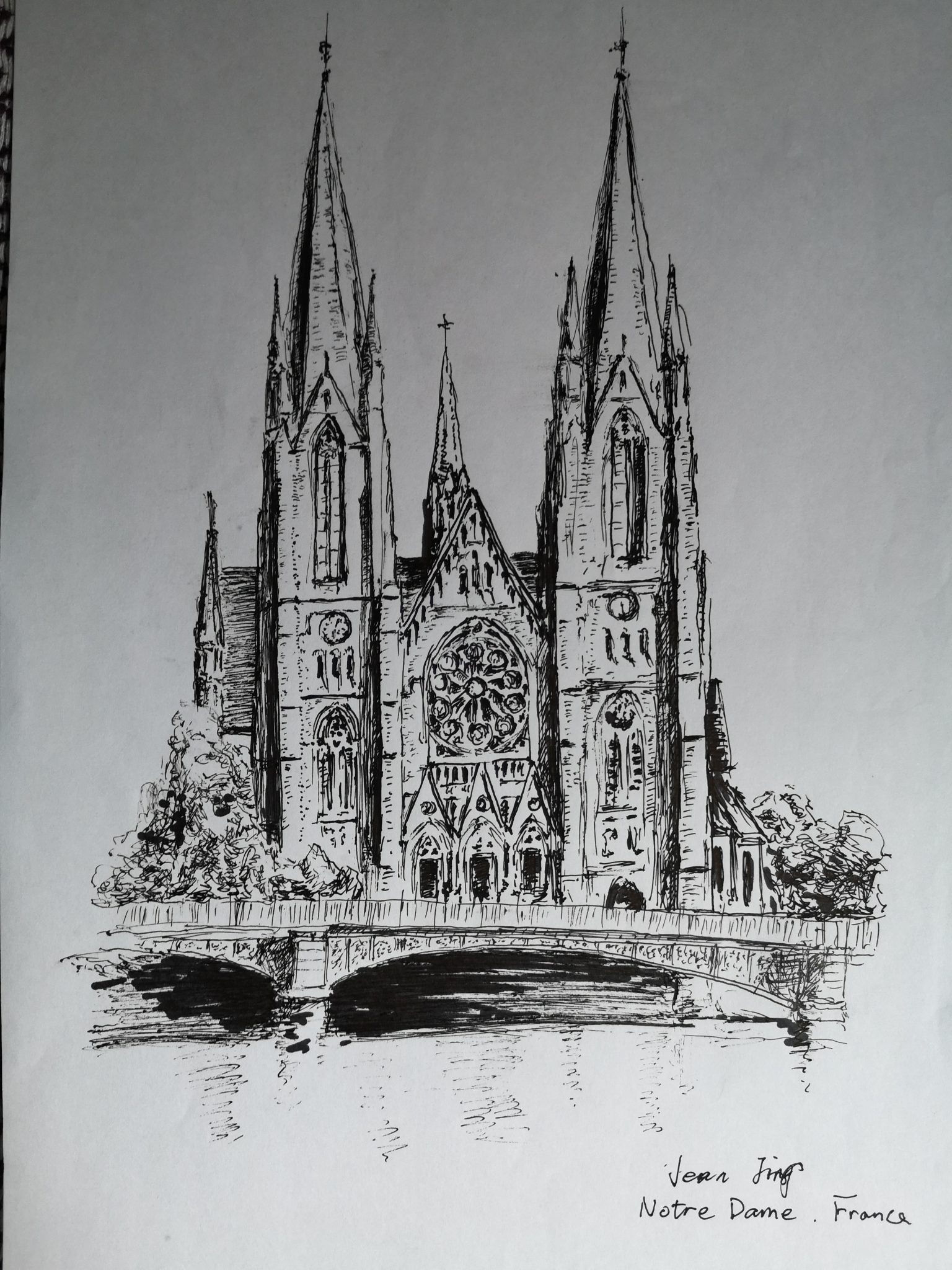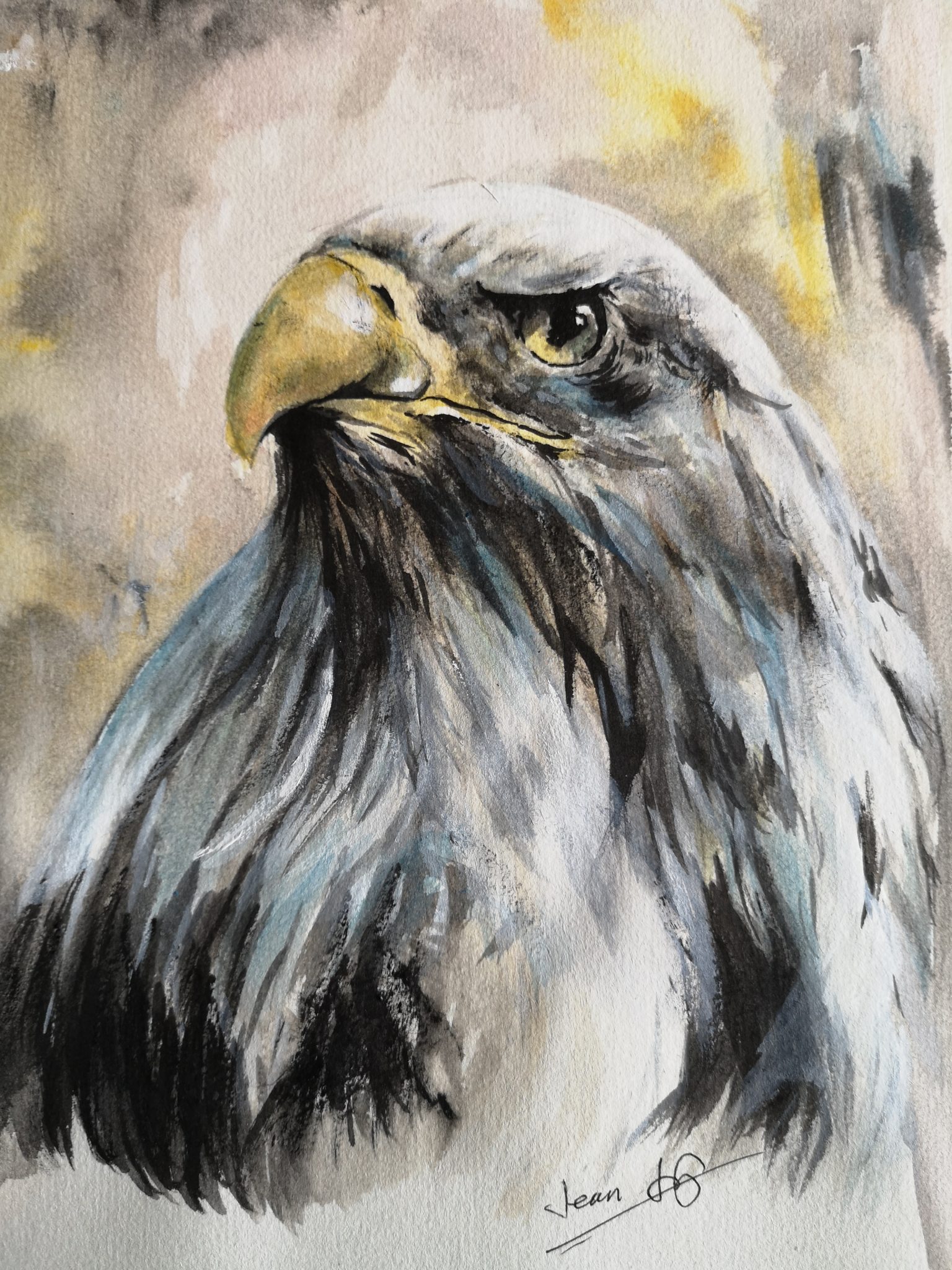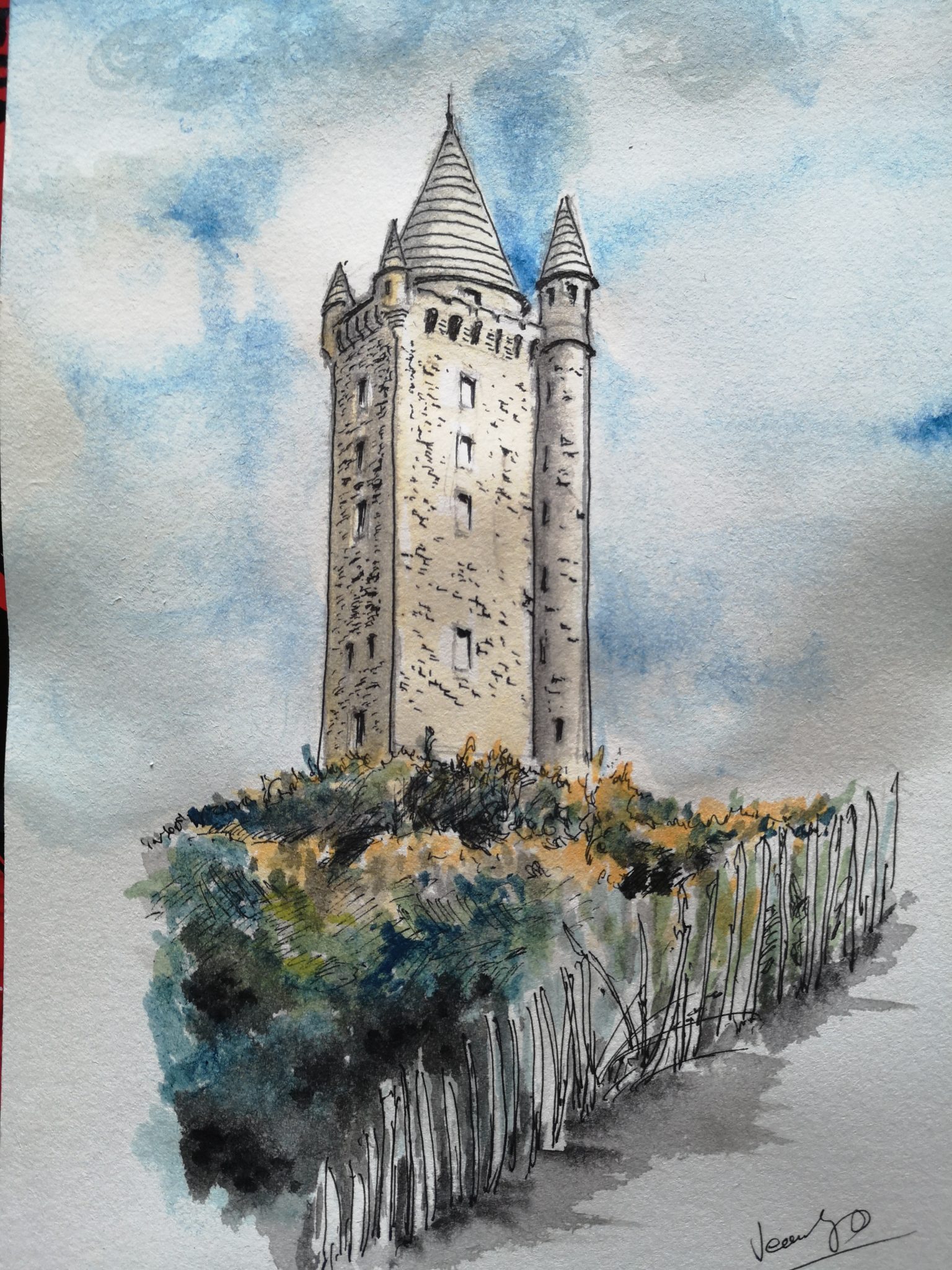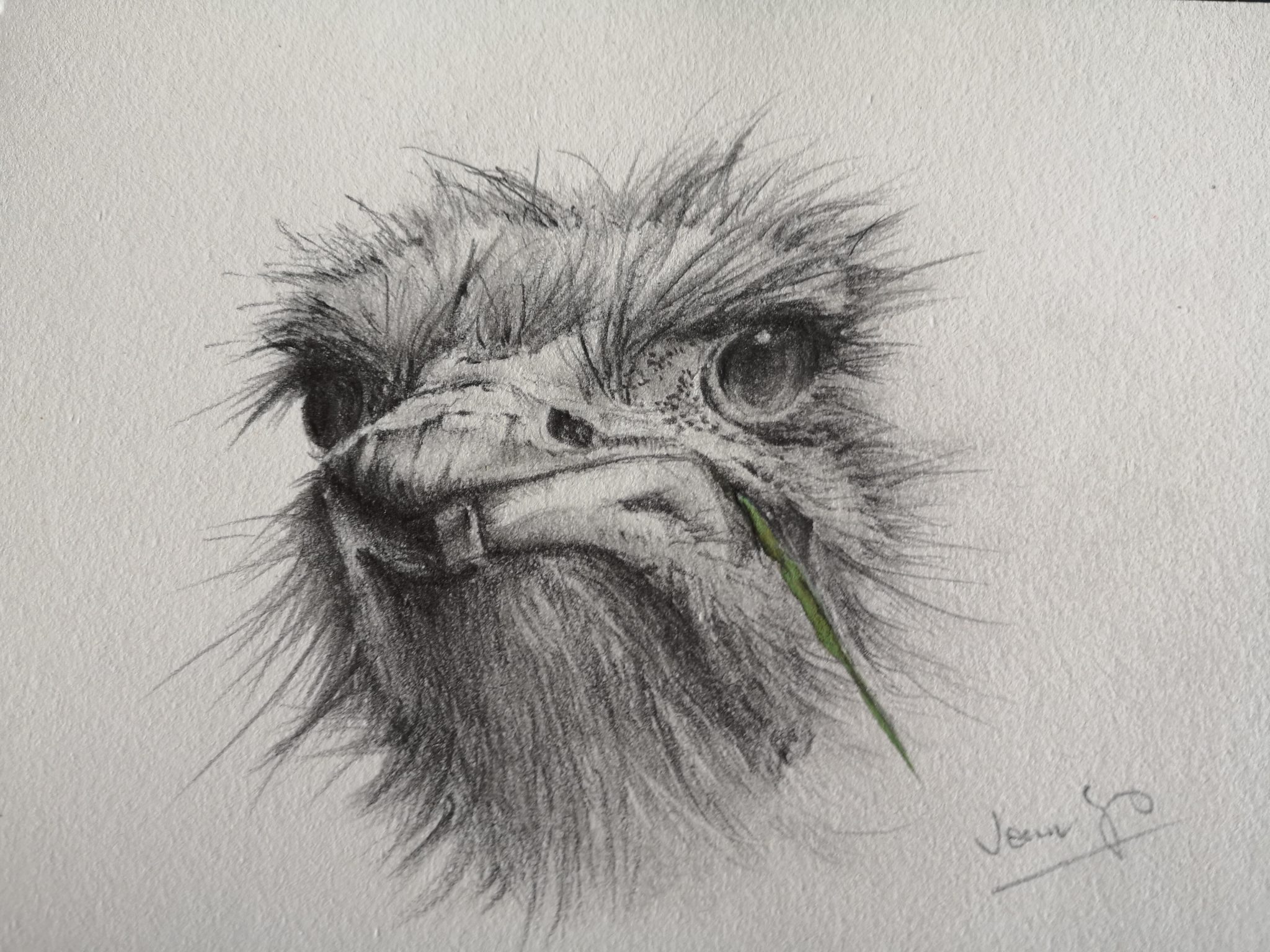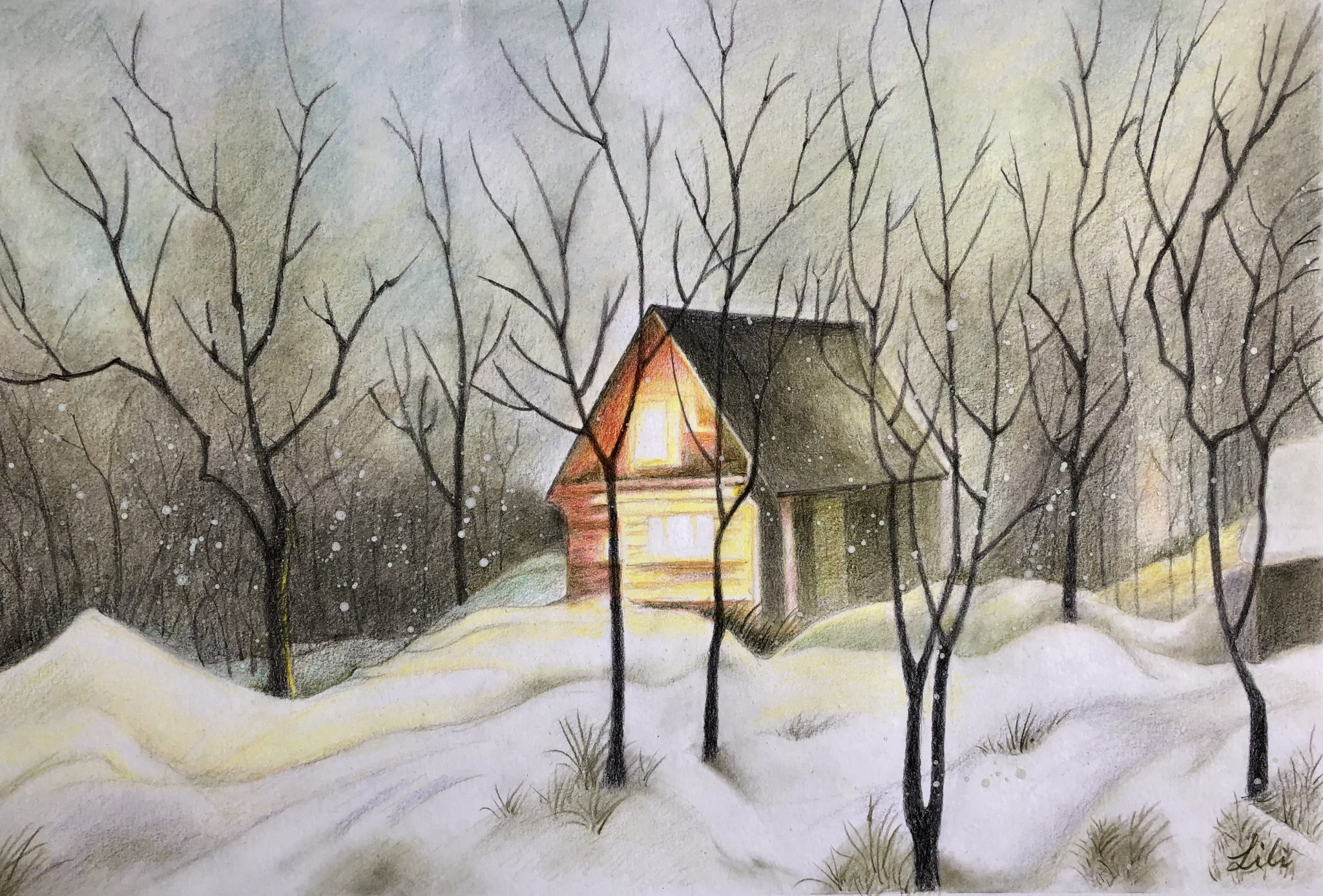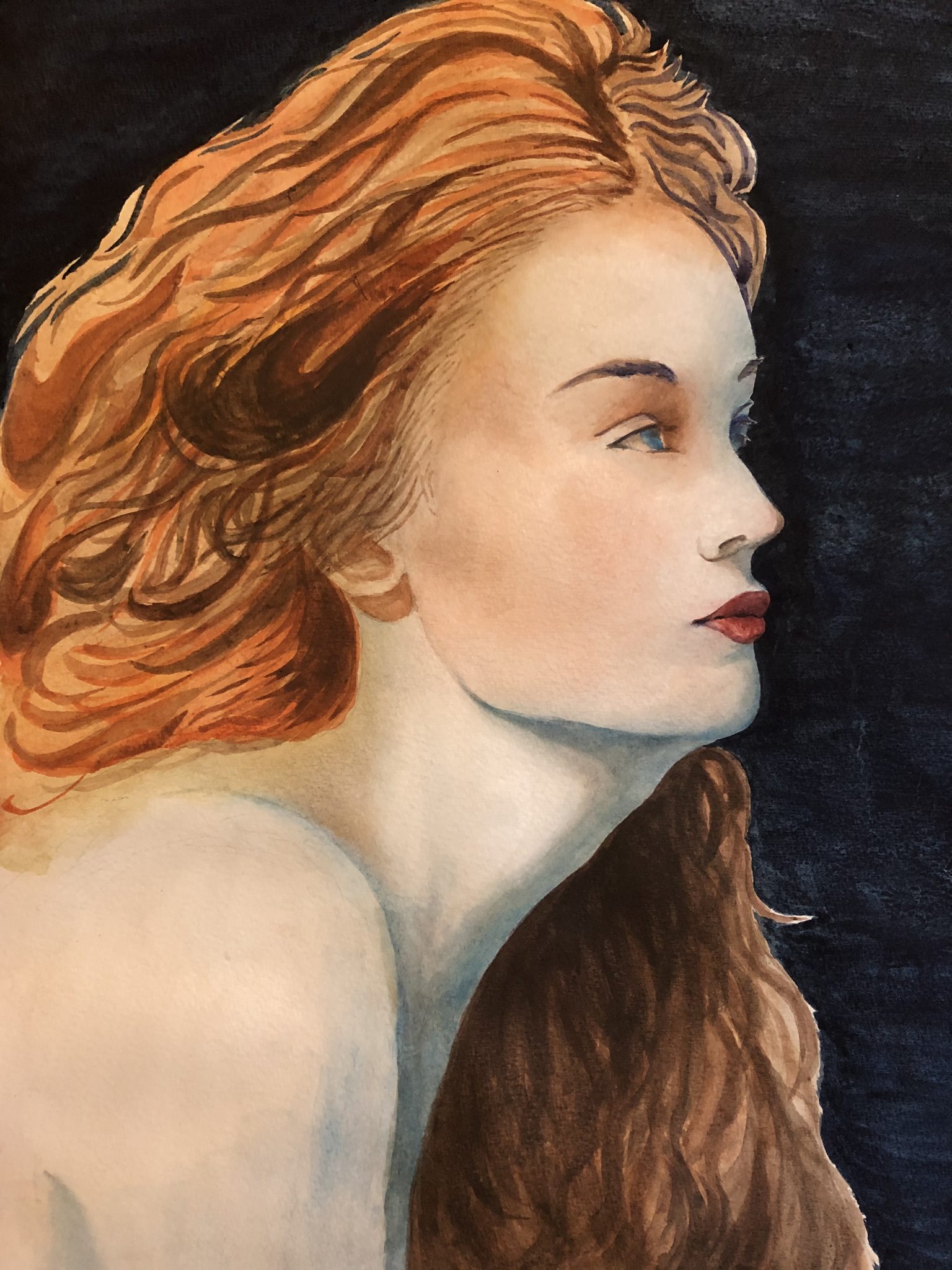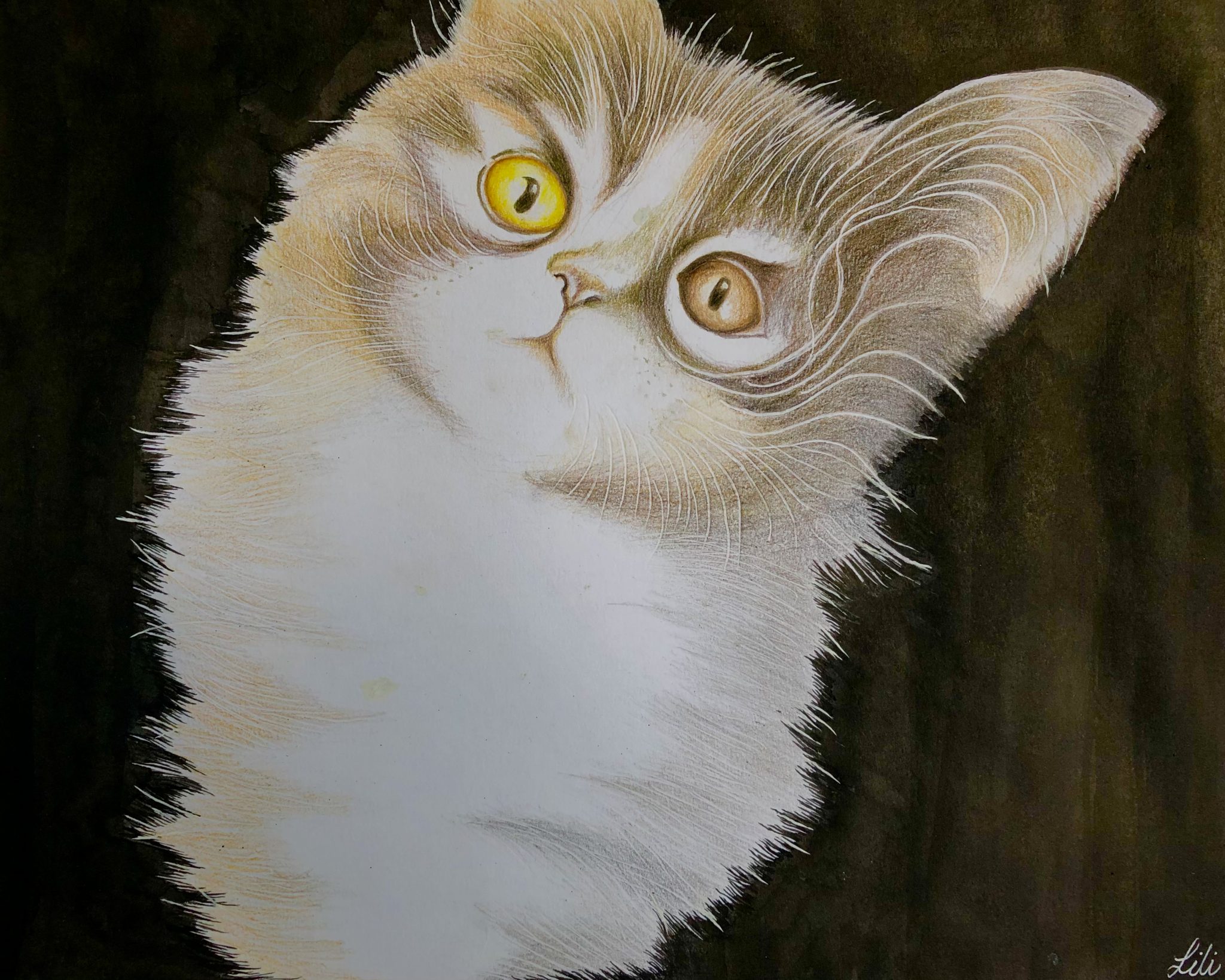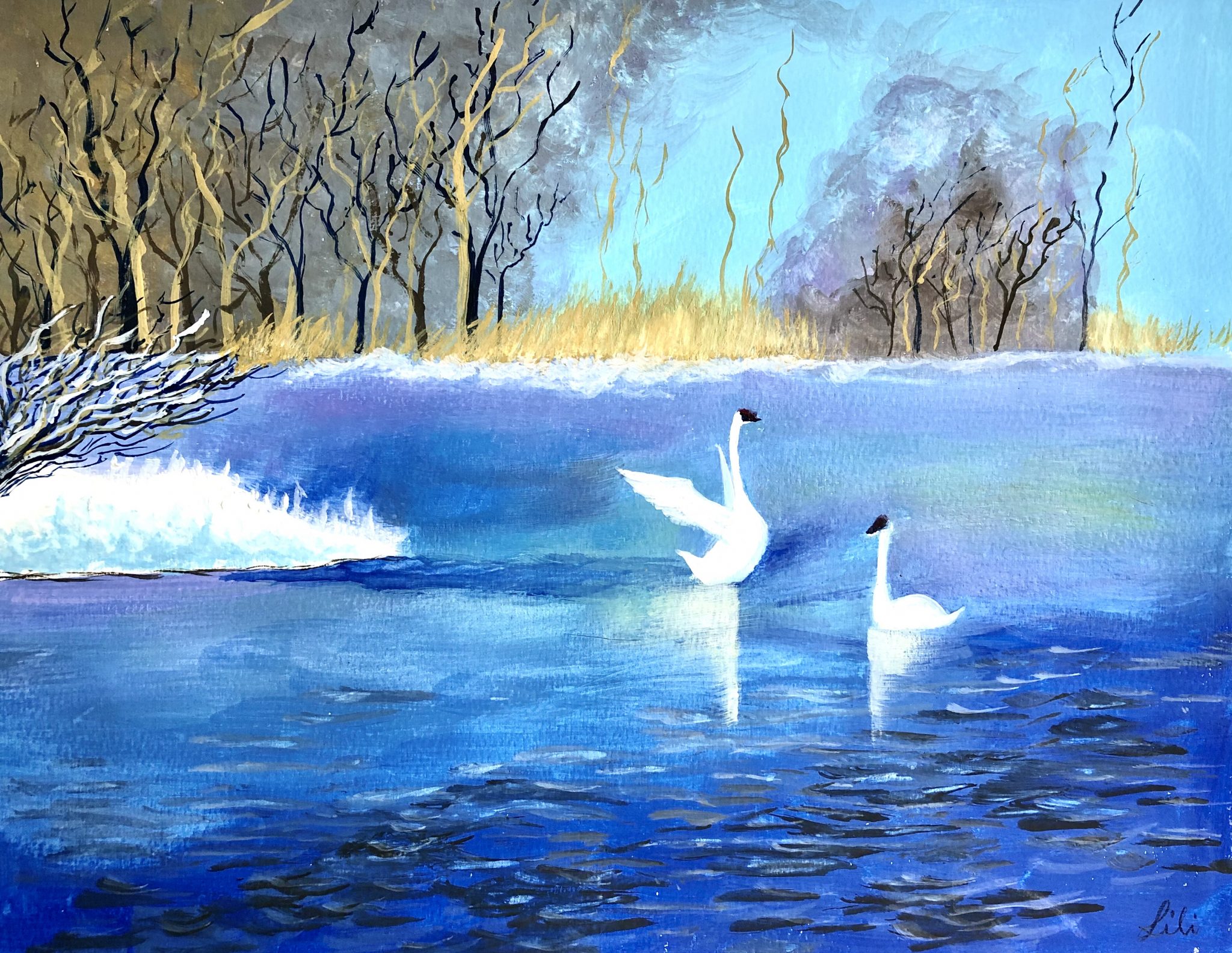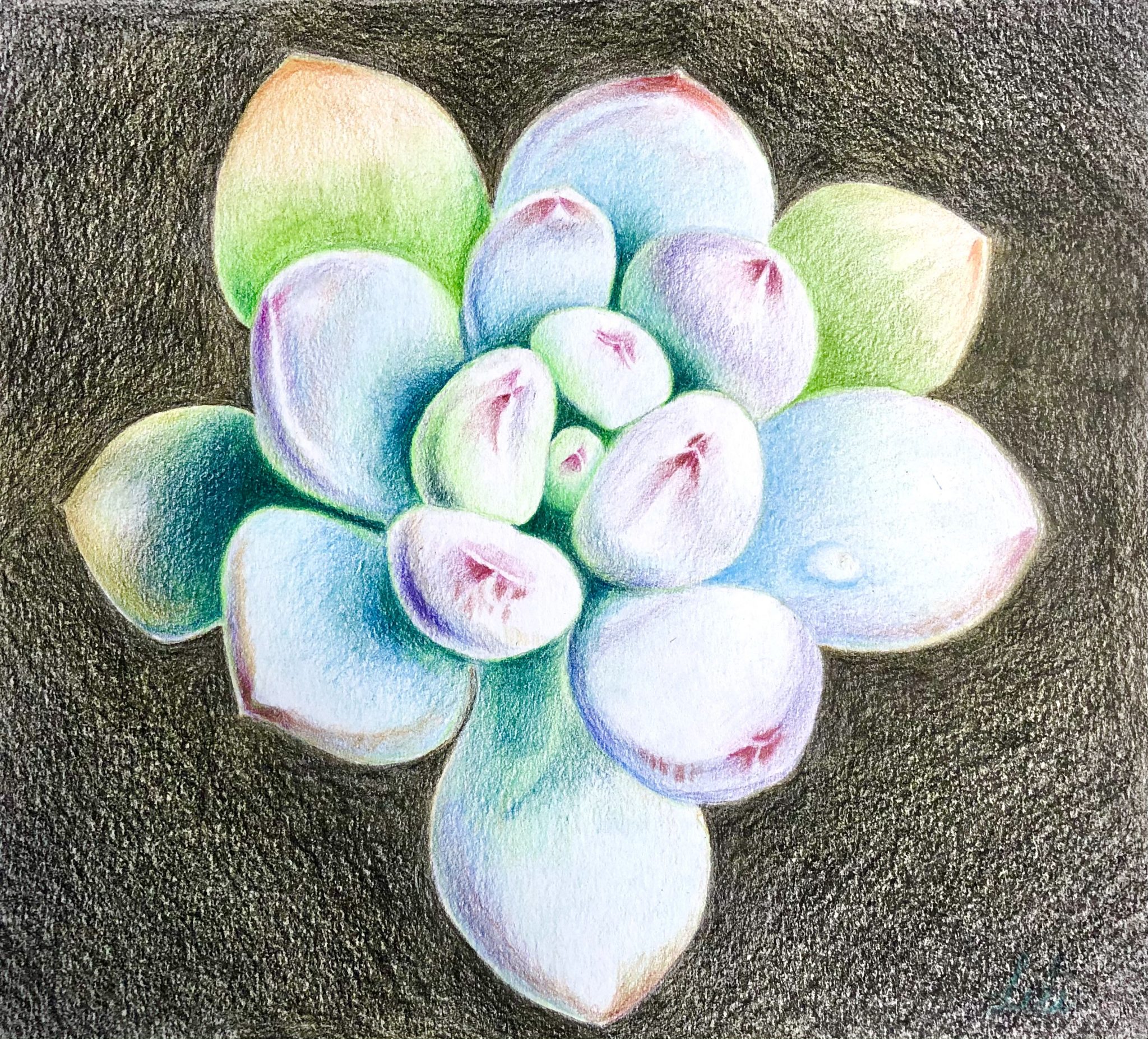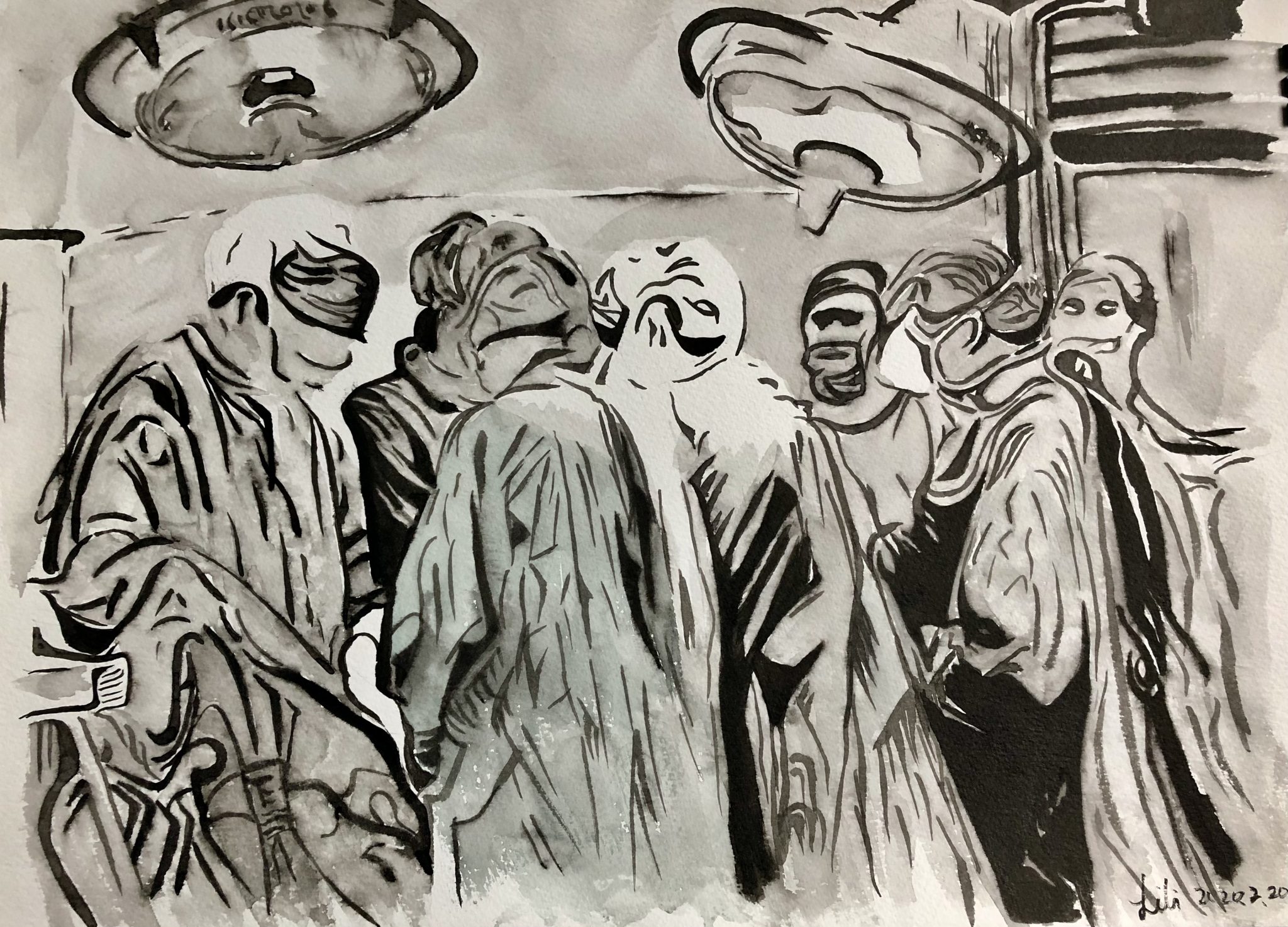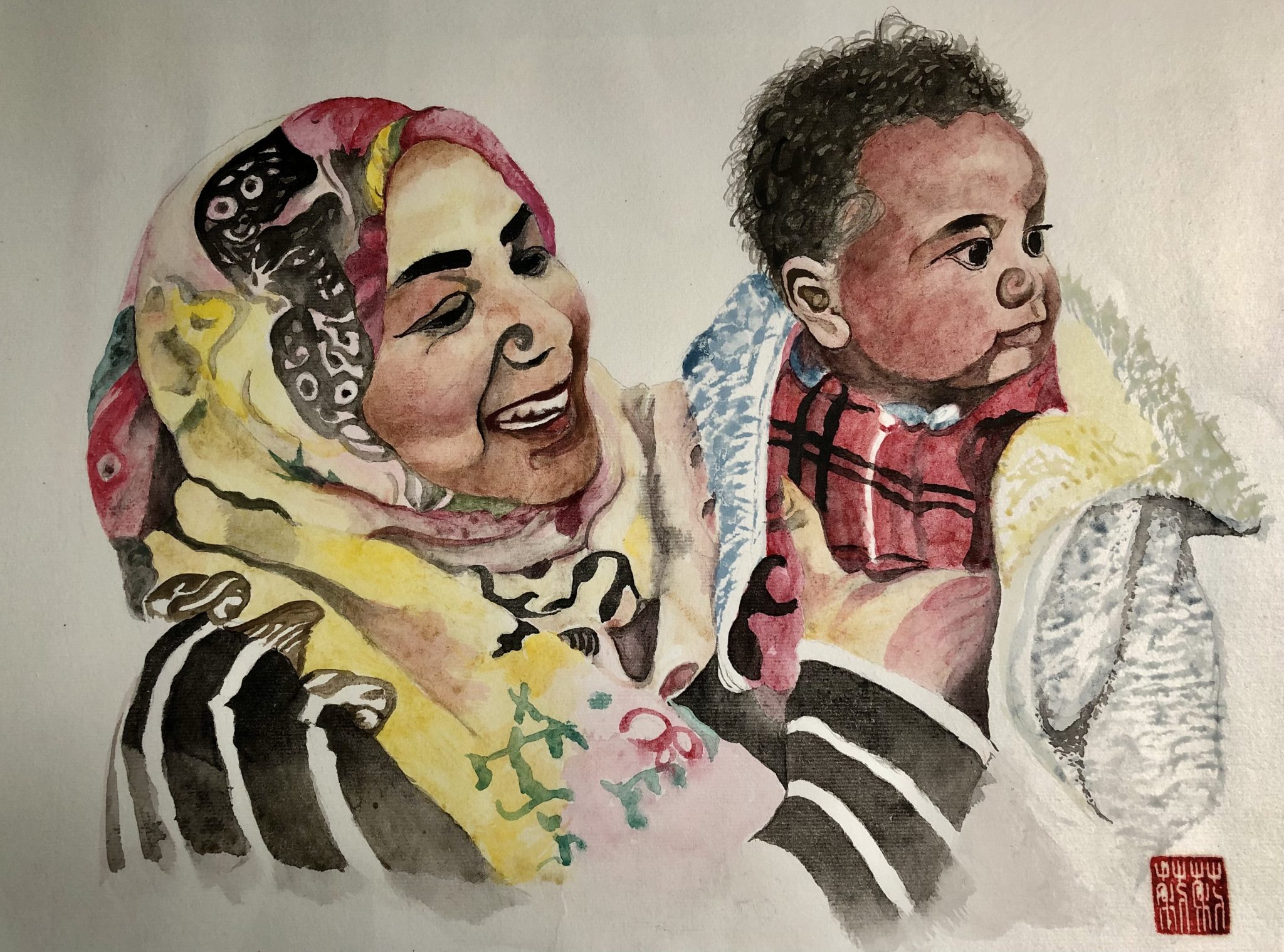Community Heritage

Chinese Community Heritage
Welcome to our Community Heritage Hub, where you can learn about the exciting new heritage work we are promoting.
Bringing Heritage to Life
The Future of Heritage
The term “community heritage” encompasses a wide range of heritage-based perspectives and activities developed and run by communities themselves. It is a term widely used to describe groups of people working to preserve tangible and intangible aspects of their local culture.
The Chinese Community have a deep attachment to their heritage and enjoy a rich culture and in many ways it has been what gave us strength and cohesion as we settled here in Northern Ireland. However the picture we project to others often goes not further than the colourful and perhaps cliched representation of Chinese culture in our restaurants and take aways. We would love to give people a deeper and more interesting experience of a heritage that stretched back millennia.
We have been in Northern Ireland as a community for over 50 years and that experience of settling, mixing with local cultures and communities has created its own rich heritage – a very distinct Northern Irish Chinese community heritage. As a community we have been working hard and putting down roots here and haven’t really had the time to explore this our even our native Chinese heritage properly. It is only when we see first generation folk get older that we realise now is the time to reflect and record.
For our own younger people who are often torn between their family traditions and modern Western culture it is beneficial to see them learn about their heritage and to be able to explore it using new technology and digital platforms. It will help our own community as a whole to develop and integrate as we consider our own story – our history here and what we see as valuable and worth passing on as heritage.
Heritage here can often be a confusing contested space with the two main traditions taking centre stage. Therefore as we make new space for newer communities who each have a story to tell we hope our community heritage will be a guide to other ethnic minority groups in society. We see it as a catalyst for other communities and for wider change which help us all understand each other better and include one another more, developing tolerance for and pride in our diversity. We believe here is what what we make of it, and our heritage is our story of how we relate our past to our here and now.
Introducing Community Heritage
Now a word from the experts, who work tirelessly to put heritage on the agenda and to promote and protect it locally. They have already been an amazing help to us on our journey of discovery. A word of introduction from Paul Mullan Head of the National Lottery Heritage Fund in Northern Ireland.
Paul worked at the National Trust where he spent time as both area manager and acting regional director. At the NLHF he has taken a lead in their work around the Decade of Centenaries and had a particular knowledge of the role of heritage in a divided society. He chairs the Decade of Centenaries Roundtable, which includes a number of organisations including universities, museums, various public bodies as well as community groups. He is a member of the Irish Government’s Expert Advisory Committee on the National Inventory of Intangible Cultural Heritage and is on the board of the Arts Council of Northern Ireland.
What is Community Heritage?
The term “Community Heritage” is widely used to describe groups of people working to preserve tangible and intangible aspects of their local culture. For the Chinese Community cultural heritage is central to their sense of identity. For us community heritage means the work we do understanding, protecting then promoting our native Chinese or Hong Kong heritage then making it sustainable and accessible to others.
We have been working with heritage experts and consultants like LEXXER Solutions, other heritage and cultural tourism organisations which focus on the traditions of the two main communities and also our friends in other ethnic minority groups to get a better understanding of what heritage is and what specifically community heritage is and how it will work in our context.
Community Heritage, we realise differs from built heritage and environment and archaeology which are often in the forefront of our idea of heritage. Instead community heritage operates at a more local level with local archives and libraries, historical societies, social/health-facing activities, and the performative arts among other things. These are the elements that constitute a “sense of place” and can bring a community together through their shared interest in and engagement with local heritage for local benefit.
Therefore while we aim to safeguard and celebrate our local heritage we also aim to empower local communities to better manage their local cultural and heritage resources.
28/01/2022
History of Chinese New Year
History of Chinese New Year - a Festival that is 3,500 years in the making
28/01/2022
Virtual Chinese New Year 2022
Exciting New Digital Developments at CWA as we take Chinese New Year Online
14/06/2021
We are Recruiting
Recruitment for the Project Managers Post for our Shared History Project Opens
23/04/2021
Chinese Virtual Centre Pre-Release Phase
Pre-release phase of our exciting new Virtual Chinese Resource Centre
29/03/2021
Whats Cooking in our New Virtual Centre
Find our what's Cooking in our New Virtual Chinese Resource Centre
12/02/2021
Virtual Chinese New Year
Exciting New Digital Developments at CWA as we take our work Online
07/02/2021
CWA’s Own Time Team
CWA has drawn together a team of experts and stakeholders to help us deliver our community heritage project.
02/02/2021
Community Heritage Project Wins Funding
Chinese Welfare Association NI have received a grant of £10,000 from the Community Heritage Fund
Fu
Main heading
Add your sub heading
We have room hire facilities available for organisations outside the membership of the CWA. Rooms are available Monday- Friday from 9:30 am until 5:30 pm.
Evenings and weekends booking are available however there is an additional cost to provide staff to be in attendance outside normal hours.
Culture
Promoting Cultural Awareness to Challenge Racism and Achieve Racial Equality
One of our Core Objectives is to
Developing a greater cultural awareness within both the Chinese and wider community and work towards the elimination of racism and discrimination.
努力提高华人社区和本地社区的内文化意识,争取消除种族主义和歧视
Tagline
Long headline on two lines to turn your visitors into users
Change the color to match your brand or vision, add your logo, choose the perfect layout, modify menu settings, add animations, add shape dividers, increase engagement with call to action and more.
Tagline
Long headline on two lines to turn your visitors into users
Change the color to match your brand or vision, add your logo, choose the perfect layout, modify menu settings, add animations, add shape dividers, increase engagement with call to action and more.
08/04/2024
Festival Finale
The finale of our Chinese New Year Festival took place at our own Chinese Resource Centre
04/04/2024
Now You’re Talking
An amazing interaction between language enthusiasts Anne Blair and William Olphert.
04/04/2024
Chinese Ceilidh
Chinese Ceilidh Cultural Fusion Event, brought together the lively spirit of Chinese, Scottish and Irish cultures
04/04/2024
Cultural Connections Exhibition
An exhibition was researched and designed to explore the connections between Ulster and China.
Tea and Tai Chi
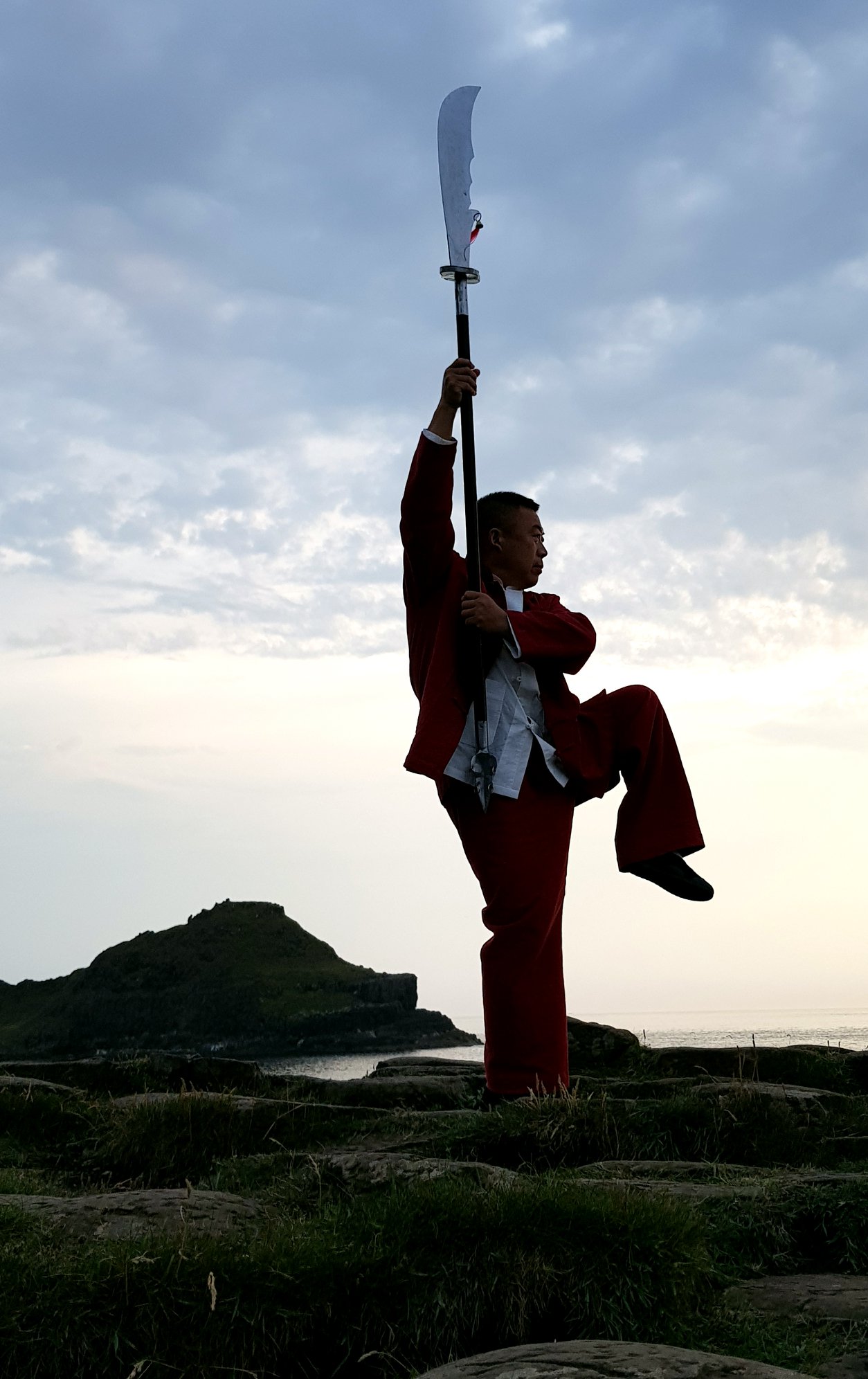
Tea and Tai Chi - the Perfect Ways to Relax
Welcome to our Meeting Room where you can come to relax and chat, or just chill and reflect on what you have seen and experienced today.
Chilling Chinese Style
China Can Teach Us All About Relaxing
Chinese culture places a high value on peace and harmony. While the media focus on martial arts we often lose sight of the real origins of these disciplines. They are designed to bring control to mind and body, to allow learners to relax and understand and they have a range of mental and physical health benefits.
Tai chi is often described as “meditation in motion,” but it might well be called “medication in motion.” There is growing evidence that this mind-body practice, which originated in China as a martial art, has value in treating or preventing many health problems. And you can get started even if you aren’t in top shape or the best of health.
In this low-impact, slow-motion exercise, you go without pausing through a series of motions named for animal actions — for example, “white crane spreads its wings” — or martial arts moves, such as “box both ears.” As you move, you breathe deeply and naturally, focusing your attention — as in some kinds of meditation — on your bodily sensations. Tai chi differs from other types of exercise in several respects. The movements are usually circular and never forced, the muscles are relaxed rather than tensed, the joints are not fully extended or bent, and connective tissues are not stretched. Tai chi can be easily adapted for anyone, from the most fit to people confined to wheelchairs or recovering from surgery.
For those who prefer to watch and learn, why not sit down and enjoy a cup of tea – however your like it and enjoy the relaxation of the slow controlled movements of this meditative art.
Introductory Video
Sit back and enjoy our introductory video, then you can meet, at least virtually GRANDMASTER ZHU CHANG HAI
Introducing GRANDMASTER ZHU CHANG HAI
I was born in 1963 in the city of Shenyang, Liaoning Province, North-East China. I began studying Wushu from age 7and learned many forms of traditional Chinese Martial Arts. While studying Wushu over the past 49 years, I have been fortunate to find several great teachers.
In 1980 I began to study Seven Star Praying Mantis Fist with 8th Duan Master Hou Rui Ting, 5th Generation Master of the Qingping Sword. Master Hou was a family student of the famous Seven Star Praying Mantis Fist, Wang Qingzhai. Master Hou’s Seven Star Praying Mantis can be traced back to the great Wang Lang, (Long Bao village in Ji Mo county of Shan Dong province, AD 960-1126). Master Hou is highly respected throughout China for his deep understanding and promotion of Seven Star Praying Mantis Fist. While learning Seven Star Praying Mantis, I was privileged and honoured to be invited to become a Tudi student of Master Huo and I am now 11th generation of Seven Star Praying Mantis Fist.
In 1985 I was introduced and began to study under the tuition of 8th Duan Master Li Di Run, 4th Generation Master of Yang Family Style Tai Ji Quan (Tai Chi). Master Li Di Run’s lineage can be traced back to the great Master Yang Lu Chan (Kuang-p’ing, Hebei Province, 1799-1872). Master Li also introduced me to several other family styles of Tai Ji Quan including Chen family style. I was privileged and honored to be invited to become a Tudi student of Master Li and continue to develop my knowledge and skills in a field of Yang family style Tai Ji Quan.
In 2006 I became a Tudi student of 9th Duan Grandmaster Chen Xiaowang, 19th Generation master of Chen family Taijiquan and one of the modern day great Grandmasters of Wushu. Grandmaster Chen’s family lineage can be traced back to the legendary founder of Chen family Taijiquan Chen Wang Ting, (Chenjiagou, Henan province, 1580–1660). Grandmaster Chen Xiaowang is one of the few holders of the highest rank, 9th Duan Wei conferred by the Chinese Wushu Association not only for his own high level of achievement in Taijiquan (Tai Chi), but also for the impact of his substantial worldwhile contributions in introducing, promoting and developing Chen style Taijiquan
Each of my Masters has bestowed upon me the essence and traditional values of Wushu ; for this I am truly grateful. I now instill in my students these core principals of Wushu practice and continue to encourage and motivate them to share the wonderful gift of Traditional Chinese Martial Arts with people from all over the World.
He is:
Chairman of the Irish Wushu Association
Chief examiner, Irish Wushu Duan Wei Grading centre / CWA.
Chairman of the Northern Ireland Chinese Wushu Association
Founder of ZCHIWA
8th Duan Wei Chinese Wushu Association,CWA.
20st Generation Chen Family Tai Ji Quan
5th Generation Yang Style Tai Ji Quan
8th Generation Seven Star Praying Mantis
10th Generation Shaolin Mantis
4 times Chinese National Champion
Follow Up
A growing body of carefully conducted research is building a compelling case for tai chi as an adjunct to standard medical treatment for the prevention and rehabilitation of many conditions commonly associated with age. An adjunct therapy is one that’s used together with primary medical treatments, either to address a disease itself or its primary symptoms, or, more generally, to improve a patient’s functioning and quality of life.
Belief systemsYou don’t need to subscribe to or learn much about tai chi’s roots in Chinese philosophy to enjoy its health benefits, but these concepts can help make sense of its approach:
|
Tai chi in motion
A tai chi class might include these parts:
Warm-up. Easy motions, such as shoulder circles, turning the head from side to side, or rocking back and forth, help you to loosen your muscles and joints and focus on your breath and body.
Instruction and practice of tai chi forms. Short forms — forms are sets of movements — may include a dozen or fewer movements; long forms may include hundreds. Different styles require smaller or larger movements. A short form with smaller, slower movements is usually recommended at the beginning, especially if you’re older or not in good condition.
Qigong (or chi kung). Translated as “breath work” or “energy work,” this consists of a few minutes of gentle breathing sometimes combined with movement. The idea is to help relax the mind and mobilize the body’s energy. Qigong may be practiced standing, sitting, or lying down.
Getting startedThe benefits of tai chi are generally greatest if you begin before you develop a chronic illness or functional limitations. Tai chi is very safe, and no fancy equipment is needed, so it’s easy to get started. Here’s some advice for doing so: Don’t be intimidated by the language. Names like Yang, Wu, and Cheng are given to various branches of tai chi, in honor of people who devised the sets of movements called forms. Certain programs emphasize the martial arts aspect of tai chi rather than its potential for healing and stress reduction. In some forms, you learn long sequences of movements, while others involve shorter series and more focus on breathing and meditation. The name is less important than finding an approach that matches your interests and needs. Check with your doctor. If you have a limiting musculoskeletal problem or medical condition — or if you take medications that can make you dizzy or lightheaded — check with your doctor before starting tai chi. Given its excellent safety record, chances are that you’ll be encouraged to try it. Consider observing and taking a class. Taking a class may be the best way to learn tai chi. Seeing a teacher in action, getting feedback, and experiencing the camaraderie of a group are all pluses. Most teachers will let you observe the class first to see if you feel comfortable with the approach and atmosphere. Instruction can be individualized. Ask about classes at your local Y, senior center, or community education center. If you’d rather learn at home, you can buy or rent videos geared to your interests and fitness needs (see “Selected resources”). Although there are some excellent tai chi books, it can be difficult to appreciate the flow of movements from still photos or illustrations. Talk to the instructor. There’s no standard training or licensing for tai chi instructors, so you’ll need to rely on recommendations from friends or clinicians and, of course, your own judgment. Look for an experienced teacher who will accommodate individual health concerns or levels of coordination and fitness. Dress comfortably. Choose loose-fitting clothes that don’t restrict your range of motion. You can practice barefoot or in lightweight, comfortable, and flexible shoes. Tai chi shoes are available, but ones you find in your closet will probably work fine. You’ll need shoes that won’t slip and can provide enough support to help you balance, but have soles thin enough to allow you to feel the ground. Running shoes, designed to propel you forward, are usually unsuitable. Gauge your progress. Most beginning programs and tai chi interventions tested in medical research last at least 12 weeks, with instruction once or twice a week and practice at home. By the end of that time, you should know whether you enjoy tai chi, and you may already notice positive physical and psychological changes. |
No pain, big gains
Although tai chi is slow and gentle and doesn’t leave you breathless, it addresses the key components of fitness — muscle strength, flexibility, balance, and, to a lesser degree, aerobic conditioning. Here’s some of the evidence:
Muscle strength. Tai chi can improve both lower-body strength and upper-body strength. When practiced regularly, tai chi can be comparable to resistance training and brisk walking.
Although you aren’t working with weights or resistance bands, the unsupported arm exercise involved in tai chi strengthens your upper body. Tai chi strengthens both the lower and upper extremities and also the core muscles of the back and abdomen.
Flexibility. Tai chi can boost upper- and lower-body flexibility as well as strength.
Balance. Tai chi improves balance and, according to some studies, reduces falls. Proprioception — the ability to sense the position of one’s body in space — declines with age. Tai chi helps train this sense, which is a function of sensory neurons in the inner ear and stretch receptors in the muscles and ligaments. Tai chi also improves muscle strength and flexibility, which makes it easier to recover from a stumble. Fear of falling can make you more likely to fall; some studies have found that tai chi training helps reduce that fear.
Aerobic conditioning. Depending on the speed and size of the movements, tai chi can provide some aerobic benefits. If your clinician advises a more intense cardio workout with a higher heart rate than tai chi can offer, you may need something more aerobic as well
Videos - our Chinese New Year celebrations
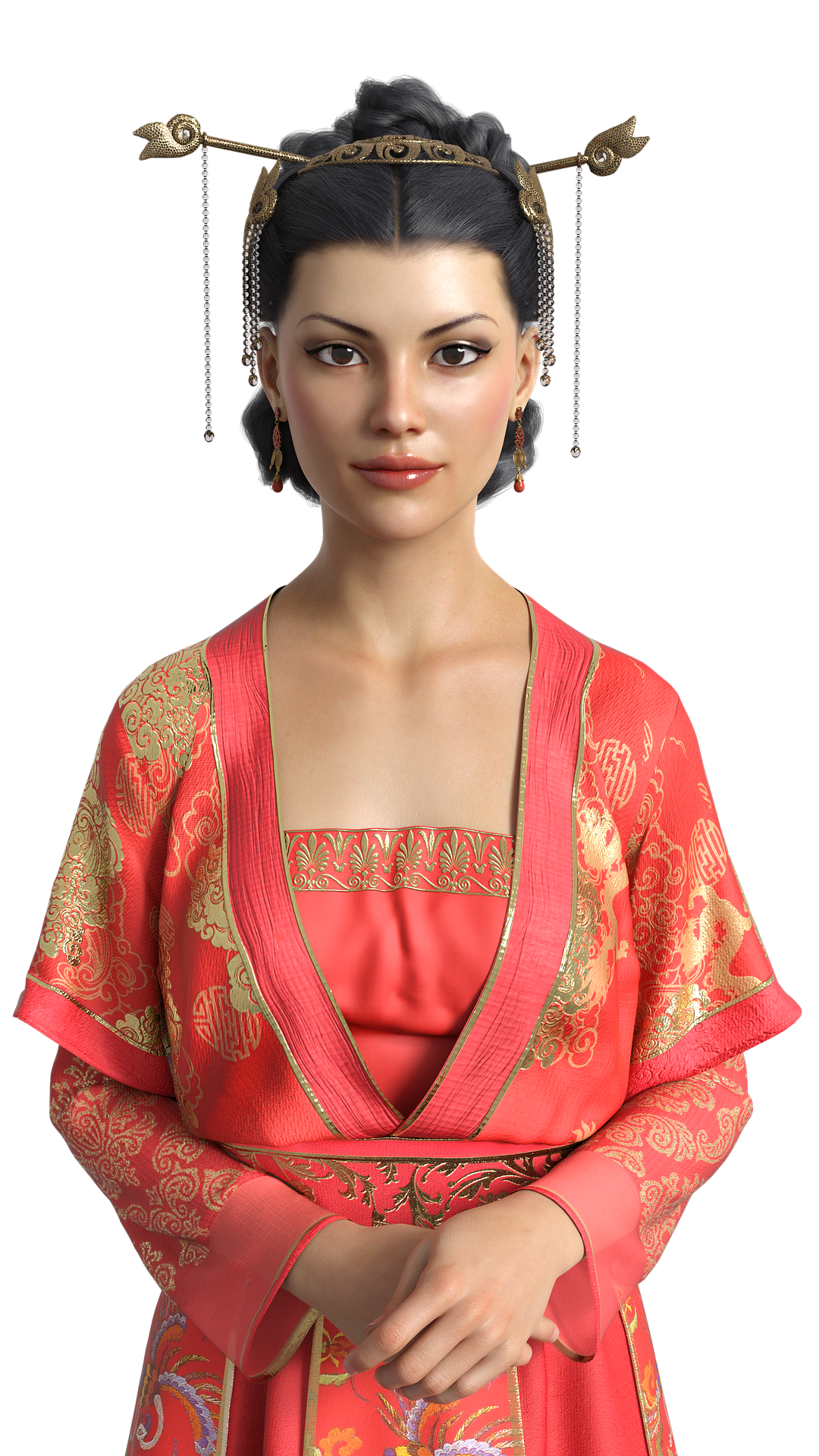
Our Chinese New Year celebrations
Helping you use our Virtual, web-based and paper resources to give the best learning experience for children of all ages and abilities. Explore the key features of this unique teaching aid in the following resource pack, consisting of units specially designed for Key Stage 1 & 2. Richly illustrated and complete with, suggested lesson plans, discussion points and options for further reading, they each provide a self-contained learning unit, and a fantastic opportunity to teach children about a range of topics from identify, culture, heritage to the world around them.
Video collection
A simple example of a collection of grouped videos
2021 celebrations
Videos - discovering Chinese heritage

Discovering Chinese Heritage
Helping you use our Virtual, web-based and paper resources to give the best learning experience for children of all ages and abilities. Explore the key features of this unique teaching aid in the following resource pack, consisting of units specially designed for Key Stage 1 & 2. Richly illustrated and complete with, suggested lesson plans, discussion points and options for further reading, they each provide a self-contained learning unit, and a fantastic opportunity to teach children about a range of topics from identify, culture, heritage to the world around them.
Discovering Chinese Heritage
A collection of videos
Pupil Resources
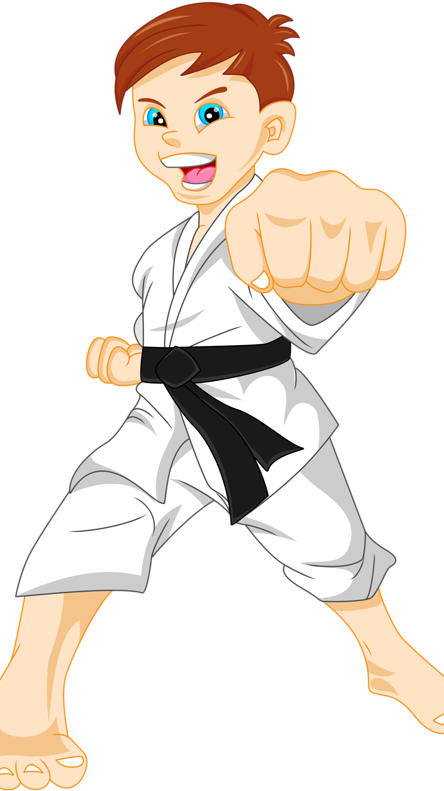
Learning Zone
Welcome to our Learning Zone it is a secret section in the Virtual Chinese Resource Centre. If you are here and able to read this it means you have successfully found your way around our Online space and the hotspot which unlocks this area.
Congratulations and welcome to all the additional videos and information which you can use to complete your Learning Journal. You can also continue to explore the Virtual Space and find further clues and the answers you seek. Good Luck and if you have any questions your teacher will help you.
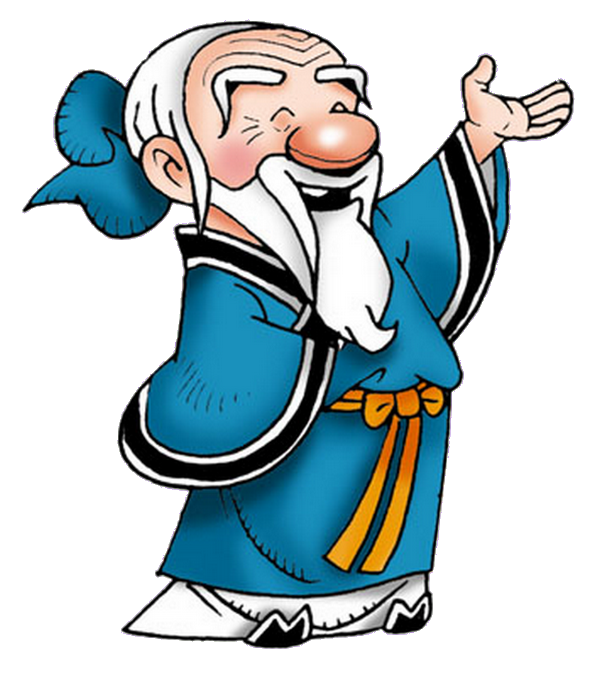
Learning About the World Around Us
Confucius is here to Help Our Confusion
Often when we are learning about new things it is easy to get confused. This is especially the case when we learn about new countries and cultures. One reason is that they often speak a different language and their view of the world is different to ours. So its is OK to be a little confused at first and to help us with this we have will have a very wise old man to help us. Confusingly though his name is Confucius, but then we have to remember he speaks Chinese so his name sounds nothing like their word for confusion!
In fact he spent his life as a teacher making things simple and easy to understand. Confucius is a very famous man in Chinese history. He lived in China a long time ago and became very well known as a great philosopher or thinker. He is remembered for his wise words and sayings and we still can learn a lot from him. He taught people how they should behave towards each other and people . These beliefs are called Confucianism.
Our cartoon Confucius is not quite as serious as the real one, but he has lots of tips and information which will help you. He is famous for his wise sayings and we will be looking at a few of them as we learn.
Learning About the World Around Us
Who Was Confucius ?
Confucius (551–479 BCE) was a great thinker whose ideas had a huge and lasting influence on Chinese society. He believed in kindness, respect for others, and the importance of the family. Confucius encouraged people to lead an ordered, family-focussed way of life, and encouraged respect for elders.
His original name was Kong Qiu or Zhong Ni. As a child, he was eager to learn about everything, and was very interested in traditions and rituals passed down from previous generations.
Once he grew up, he worked for the government helping people with farms and cattle. Then he became a teacher, because he believed it was important everyone got a good education.
Confucius lived in a time when many states were at war in China This period was called the Spring and Autumn period of the Zhou Dynasty, and he wanted peace and a society where people lived ordered lives together.
Say Hello To Wēi lì
Hi There My Name is Wēi lì it means ‘stand tall'.
My name is written 巍立 in Chinese and in English it is William. I first discovered I was interested in Chinese when I was at school. It was a maths lesson and the teacher explained that other countries used different numbers. In the Middle East they use an Arabic numeric system and in China they have a total different system of writing numbers. It really interested me and it started my journey of discovery about all things Chinese.
I will show you what I have learnt and the things that interest me, and together we can discover as much as we can about Chinese culture and heritage- the important things that are protected and promoted to younger generations.
In your class, or church or local area there may be children from different countries, cultures or religions and as you play you can always learn more about them. You will discover that while there are things which are different about their favourite foods or the languages they speak at home but there is so much you will see is the same.
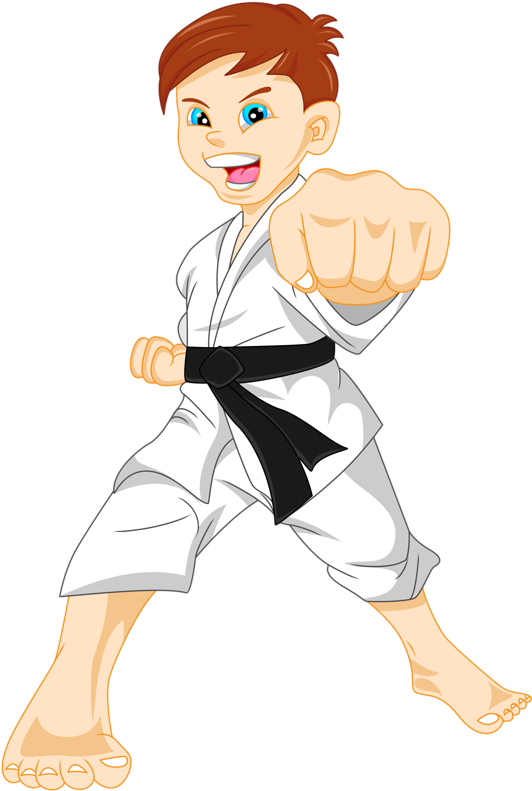
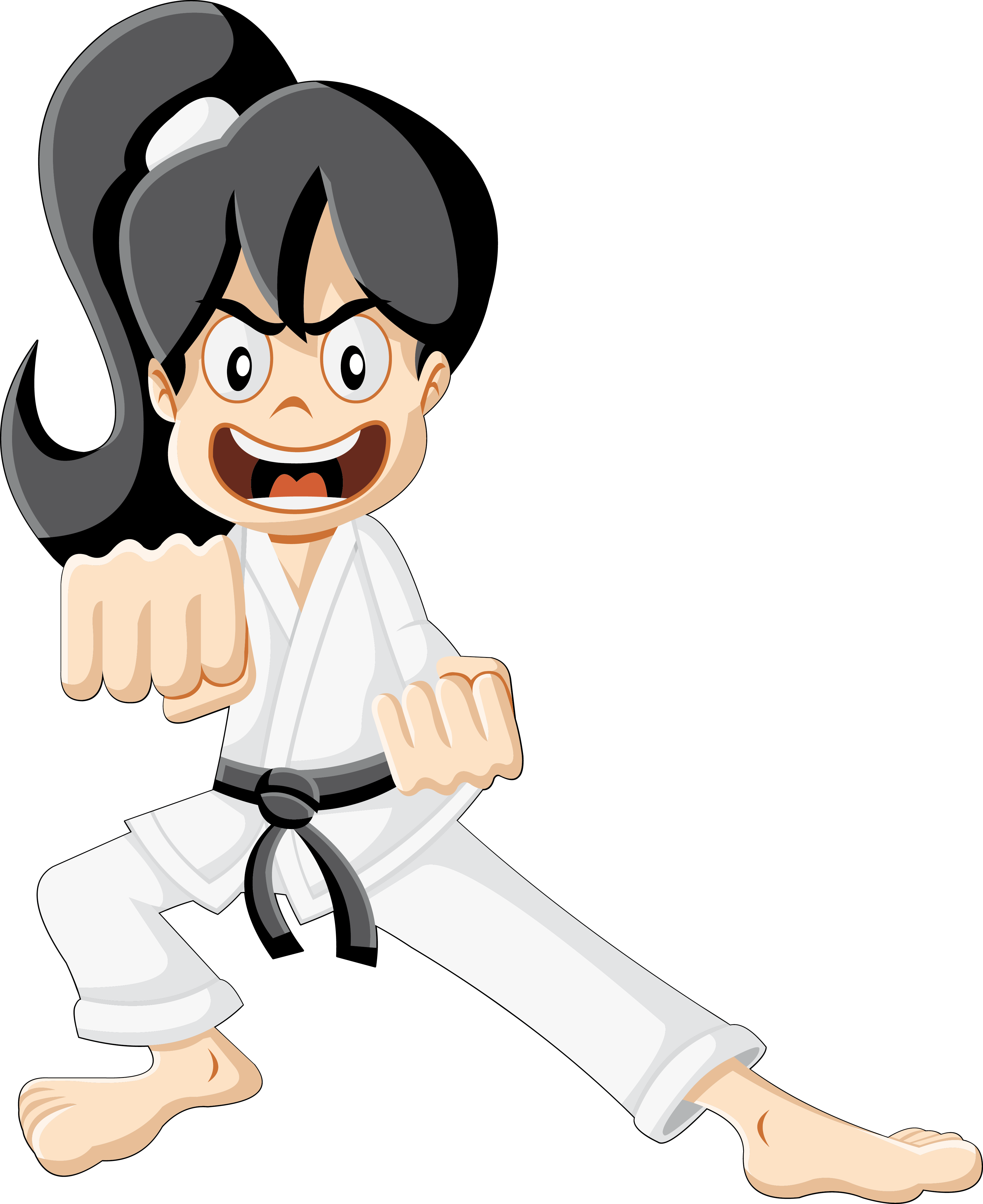
Say Hello To Han
Hi There My Name is Han
I got really interested in Chinese Culture when I began to learn Kung Fu in the Chinese Resource Centre Belfast. Kung Fu, means “Learned Skill” in English. This is a name that is collectively used to describe a Martial Art that originates from China. There are many styles of Kung Fu that have developed over the years, each with its own particular way of doing things.
It is a great way to learn and has helped me make friends, grow in confidence and keep fit. It has also allowed me to learn more about Chinese traditions and festivals. I will we helping you learn more about Chinese culture and heritage.
Getting Into Chinese
Listen to David's Story about how his lifelong love of Chinese Began
David is a Kung Fu expert and travelled to China to learn more about it. The martial arts which began in China inspired him to travel all the way to China to study martial arts for a year. He learnt how to focus and how to work for things he wanted. He learnt it was about how to express himself and treat others.
Today he has brought all he learnt back to Northern Ireland and teaches others. For young people it is often the first thing they think of when they think of Chinese culture.
Getting Into Chinese at School
Chinese Counts
William first discovered Chinese at school, just as you are doing. He was introduced to Chinese numbers and the characters grabbed his imagination. Later in school he decided he would like to study more and eventually went to university and decided that he wanted to visit China for himself. His adventures were about to begin as he travelled and worked in China learning all about its language, culture and customs.
Today he works for the Chinese Welfare Association in Northern Ireland and used all he learnt to help the Chinese community here. As he looks back in this video to how it all began he invites you to join him on the same journey of discovery and to learn to love Chinese just as he does.
Getting Started
Just like William you can discover Chinese at school and whether it is learning to write Chinese characters or discovering the secrets of your favourite Chinese meal there is a world of exciting discoveries for you. So join Confucius, as he shows you how to write Chinese numbers and how Chinese Counts.
[3d-flip-book mode=”fullscreen” id=”84689″][/3d-flip-book]

Lets Begin
To start your journey of discovery you will need a Learning Journal. You will find all the activities and challenges in it and you can fill it in and record anything you learn. Your teacher will help you, but feel free to explore our Virtual Centre and find the different videos related to each lesson and different clues and answers in the different rooms. If you get lost just use the Room Buttons on the Left Hand Side of the Screen
All you need will be in the different video screens or galleries of pictures. Many of them will come alive with a hot spot which you can click to find out more.
[3d-flip-book mode=”fullscreen” id=”84706″][/3d-flip-book]
[3d-flip-book mode=”fullscreen” id=”84710″][/3d-flip-book]
[3d-flip-book mode=”fullscreen” id=”84711″][/3d-flip-book]
[3d-flip-book mode=”fullscreen” id=”84712″][/3d-flip-book]
23/04/2021
Hands Up Who Wants to Try
Who wants to be the first to try our our exciting new Virtual Space.
Linked Materials
Teacher Resources - Linked Materials
Each Lesson is supported by a Lesson Plan or Outline. It gives a structure to the lesson and background information needed to teach it. The learning Outcomes are stated and the lesson follows a series of common steps to achieve these.
The Activities and Discussion Points are outlined and any instructions included. We have sought to ensure that activities can be completed in a classroom our home schooling environment. Our lesson plans equally are designed to be used by professional teachers and all those parents who during COVID realised just how hard teaching was!
Therefore the materials are aimed at as broad a range or ages and abilities both in terms of children and also those teaching them. They are a guide so feel free to explore the virtual spaces and other materials which accompany them and add your own style and approach.
The Teacher Toolkit for this Programme has some additional material around the learning outcomes and curriculum, but we have broken it down into individual lessons.
Martial Arts
Martial Arts
Chinese Dance
Chinese Dance
Learning Journals
Teacher Resources - Learning Journals
The Pupil’s Individual Learning Journal can be downloaded here, and emailed to them or printed off. We have also placed copies in our virtual space and one exercise to help them orientate themselves and use the space is to find their learning journal, and access it.
The Journals provide additional guidance with the activities and a place for pupils to record their findings, thoughts and answers. They should be seen as a detectives notebook, or their own work diary and not a piece of work to be submitted or marked.
Teacher Resources - Activity Videos
We have a range of videos which cover our three main heritage topics Food, Family and Fun. Each of them takes students on a journey into a different aspect of Chinese culture and gives them a unique experience from a local Chinese person. We use activities and events which will excite and engage young minds and help them see the similarities between communities as much as the differences.
These videos and some supporting materials will be curated in our Pupil Page and also feature throughout lessons often as a basis for a Look and Learn comprehension question activity.
Food
Food
Family
Family
Fun
Fun
Lesson 1

Lesson 1 - Identifying Identity
This interactive session explores what identity is. The aim of this session is to help pupils better understand the nature of identity and how it is sometimes makes us unique, and at other times it is what we share with others.
How to Use our Resources
Blending Virtual Experiences with Real Teaching
Our Virtual spaces and interpretative and educational experiences are designed to complement and add to physical teaching and to add a new layer of meaning and a degree of excitement for children. Our approach means we spend as much time with teachers listening to what they want and need as we do with children and our first aim is to make all we do an aid and an assistant to teachers.
The experience can be done virtually with materials found and used in our Virtual CHIME space, from a desktop and class room IT facilities or good old fashioned pen and paper. So feel free to download the materials use them online or access them virtually.
Lesson 1
Identifying Identity
This interactive session explores what identity is. The aim of this session is to help pupils better understand the nature of identity and how it is sometimes makes us unique, and at other times it is what we share with others. It will explore things that influence the shaping of identity; and will help explain how identity is shaped by our environment.
The lesson will help them to understand that identity can mean what is unique about us as individuals like our finger print, but also characteristics we share with others which form a group or collective identity. They will learn that identities are complex and develop over time.
In order to understand the idea of diversity and interacting with other people, we must first begin to learn about ourselves and how we interpret the world based on who we are and on our ideas and beliefs. This lesson aims to help pupils understand who they are as individuals and where their ideas and beliefs might come from. The lesson is focused on pupils’ reflection on themselves. Learning about the building blocks of identity will provide a foundation to move towards diversity and a range of other learning pathways.
It can also develop to look in more detail at the components of identity such as ethnicity or cultural heritage. It can also be foundational in looking at the value of identity it itself, for individual self worth and in society and communities.
– Describe personal characteristics and abilities that they have and how they acquired those abilities and characteristics
– Identify general aspects that influence the shaping of identity;
– Understand how identity is shaped by our environment.
These lesson plans have been designed to support teaching of the curriculum for Northern Ireland. A brief summary of how curriculum objectives are met is included below.
The World Around Us
Pupils discuss the development of identity as a concept around the world
Language and Literacy
Pupils watch and then respond in writing to set questions
Personal Development and Mutual Understanding
Mental Wellbeing: maintaining a healthy self-concept
Clarifying own values; including reflection on the origins of personal values and beliefs
Self-improvement through constructive self-reflection
Lets Start Teaching
Lesson Plan
Our lesson plans and linked pupil learning journals can be downloaded directly with the buttons below, alternatively you can use the webpage with supporting videos and pictures embedded, or use the virtual book at the bottom.
Introductory Video
From our Conference Room Video wall you can find and watch the first video. Alternatively you can open it on another window here or on our YouTube Channel. The video for each lesson provides a good chance for an opening discussion to see what children’s level of understanding is prior to the lesson.
Introduction
Introduction (5-10mins): Identities and characteristics
To introduce the idea of identity being unique to each of us, a good exercise would be a finger print activity. Using the definitions of Identity: “Your identity is who you are”, AND ”The identity of a person or place is the characteristics they have that distinguish them from others” EXPLAIN that it can be seen as both what makes us unique and individual as human beings, but also what defines us in groups, eg national identity.
Discuss and highlight that our identities are made up of different characteristics that develop and change over time.
Activity 1
In order to show how identity can mean things which make us unique and different we will use a fun with fingerprints activity. Materials like ink pads can be used to make it more realistic for older children, the development activity can allow for pupils to ‘lift’ prints off glass surfaces however this should be supervised. At the end of the exercise all prints not held on the pupils own learning journal should be collected and destroyed.
The linked exercise will very physically demonstrate how other things help us identify or group with others. Thee shared interests ideas or characteristics all help us form a group identity.
A number of learning points can be developed including the benefits of retaining an individual identity even within a wider group identity; the fact that we share more similarities than differences and that these differences are natural and do not mean that one characteristic is better or worse than another.
Activity 2
Activity 2 (10-15mins): Who Am I?
Prepare pupils to think more in depth about themselves – their abilities, characteristics, likes/ dislikes, etc. Tell them that even though they share similar characteristics with each other, they also have a unique personality.
– Give each pupil a “Who am I?” Worksheet. Ask them to work individually and answer questions. (Be sure to tell them to write their names in their worksheets. After they finish, collect the “Who Am I” worksheets and save them for the next unit lesson).
Follow Up
Follow Up (10-15mins): Reflection on Who Am I?
Open the discussion by asking pupils about the process of how identity is shaped and what influenced this process. Ask them:
– Who are the people important in your life? How do they influence you?
– What events in your life will you never forget?
– What groups or organisations do you belong to? Why do you belong to these groups?
– What movies/TV shows/music do you like?
– Can you think of some influences that do not necessarily come from your immediate
surrounding?
“Who am I?” is a question all of us ask at some time in our lives. It is an especially critical question for adolescents. As we search for the answer, we begin to define ourselves and to notice how we are defined by others. Our exploration of identity includes questions such as:
– To what extent are we defined by our talents, tastes, and interests?
– By our membership in a particular ethnic group? By our social and economic class?
– By our religion? By the nation in which we live?
– How do we label and define ourselves, and how are we labeled and defined by others? – How do our identities inform our values, ideas, and actions?
Answers to these questions help us understand ourselves and each other, as well as history.
You can conclude by saying that everybody should be aware of their own identity and the way it is shaped. Our identity is shaped by our immediate environment (family, friends, school, etc.), important life events, groups we associate with, national/local history and popular culture, as well as global developments. These are all factors that contribute to what we believe and value.
Extension Activity
Differentiation/Extension
Pupils should be encouraged to search online for meaning and examples of identities. Here the lesson could develop beyond individual identity into group identity and national identities, with the exercises above repeated with pupils pretending to be a nation or country and exploring what characteristics make up that identity.
Resources Linked to Lesson 1
Our linked materials can be viewed virtually or downloaded for your convenience.
Breakout gallery
Welcome to our breakout gallery
Native to the mountainous region of Yunnan in Southwestern China, the Camellia sinensis tea bush has more than a thousand sub-varieties, each producing a distinct flavour. Tea – first enjoyed as early as 2,000 BC – is lauded for its health benefits and calming properties, and is now cultivated in all corners of the world.
Join us as we discover the history and traditions of tea drinking in some of the countries where it is most popular.
We will learn about how we once fought over the drink which now unites us, and find out just what the history and heritage of the humble cup of tea really is.
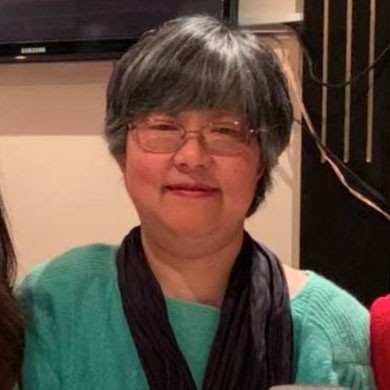
Jean JING (经维夏)
With science background, she has rekindled her great passion for traditional painting since childhood. She is a member of several art Clubs and Societies in the UK and China, including Ulster Society of Women Artists and Ulster Watercolour Society. Her paintings, covering a wide range of themes, have been exhibited both in Shanghai and Belfast.
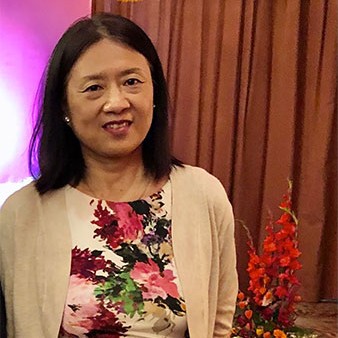
Lili LI (李莉莉)
Lili was born and educated in an academic environment and was introduced to Chinese ink painting and calligraphy at her early age. She worked mostly in the financial and business sectors, and has been involved heavily in voluntary work, but arts always have been her passion. She is inspired by both Chinese and Western schools of artists and uses both traditional and modern methods of painting, including ink, washes and brush, to capture movement and life.
Medium length display headline
Change the color to match your brand or vision, add your logo, choose the perfect layout, modify menu settings, add animations, add shape dividers, increase engagement with call to action and more.

